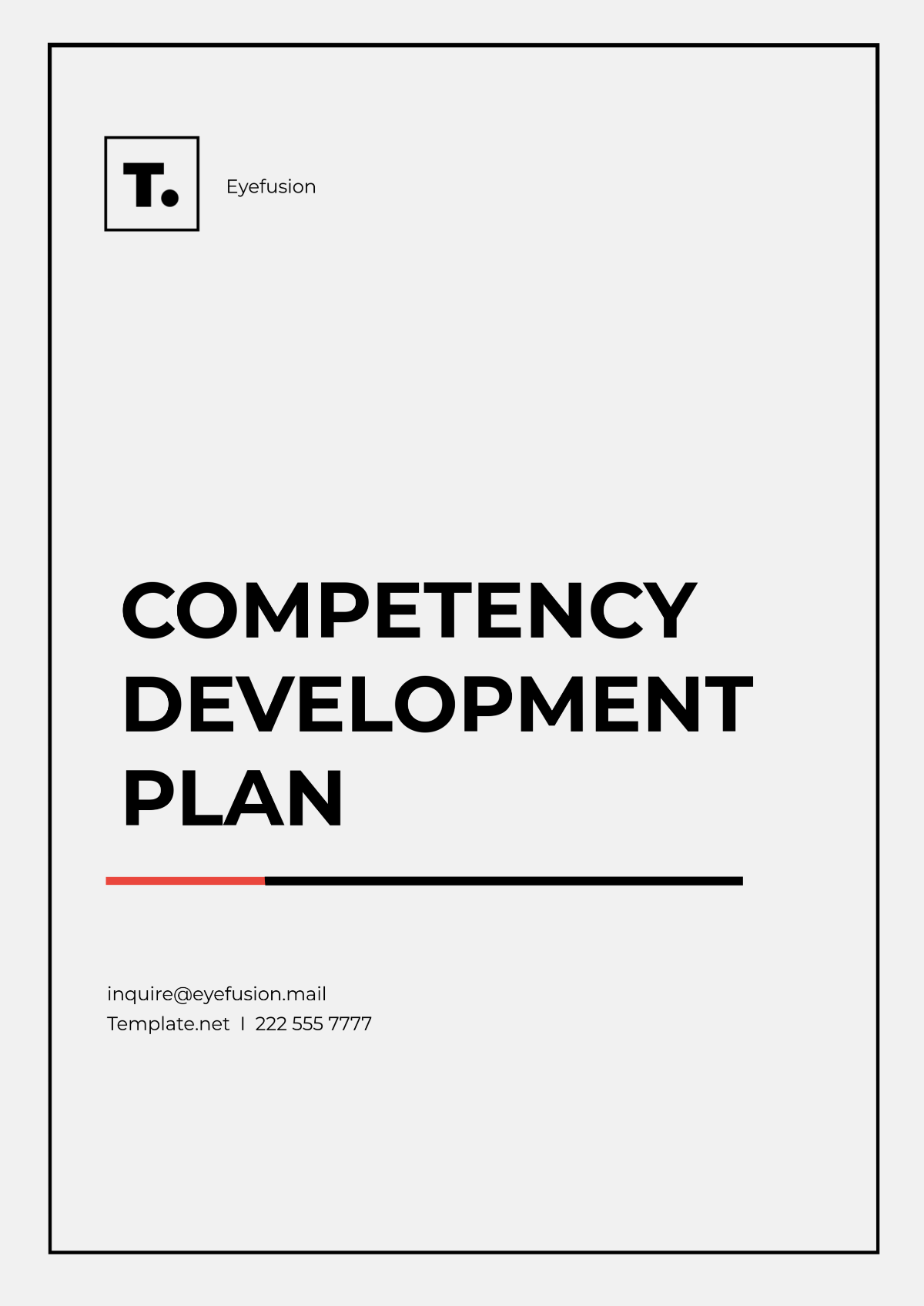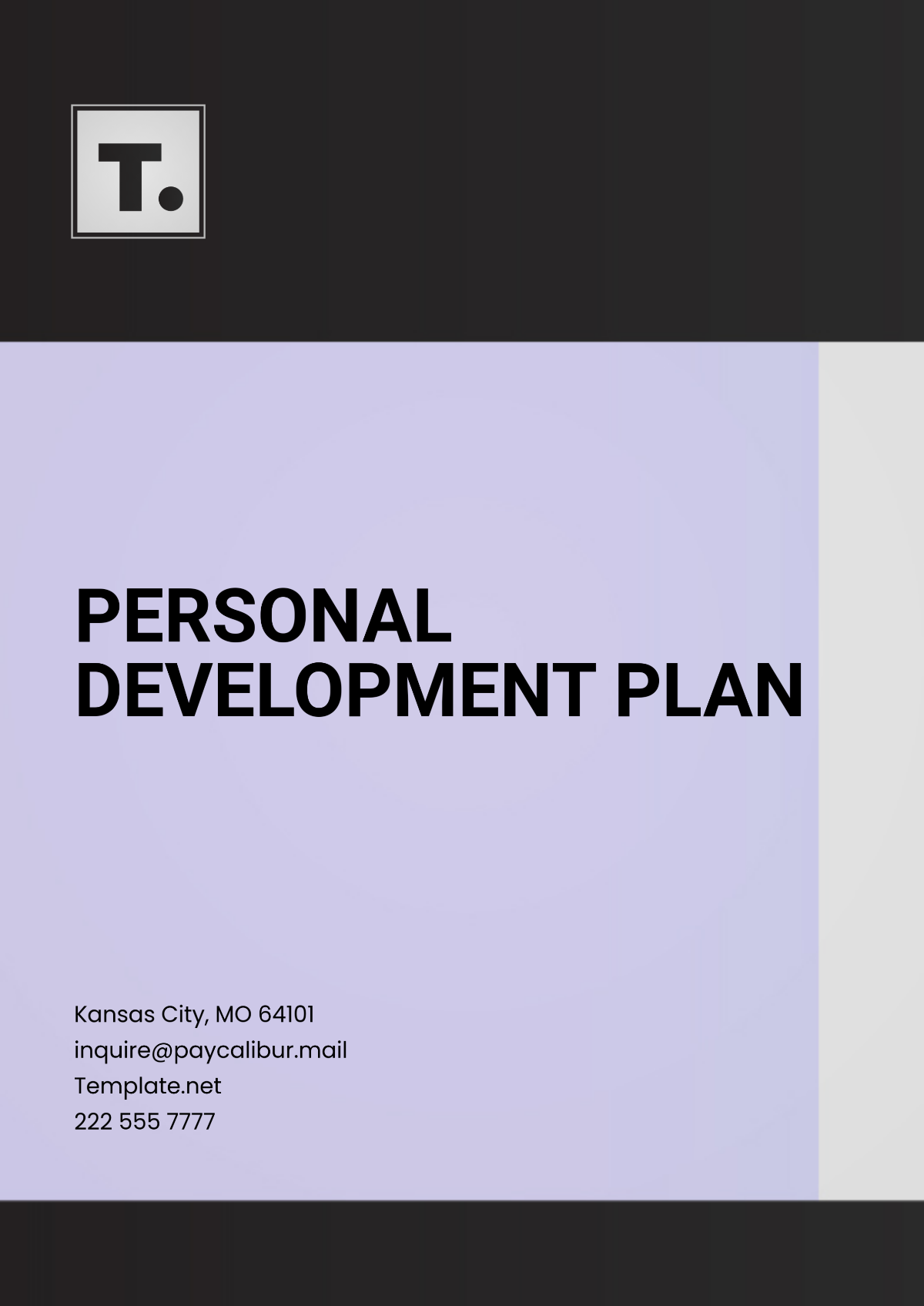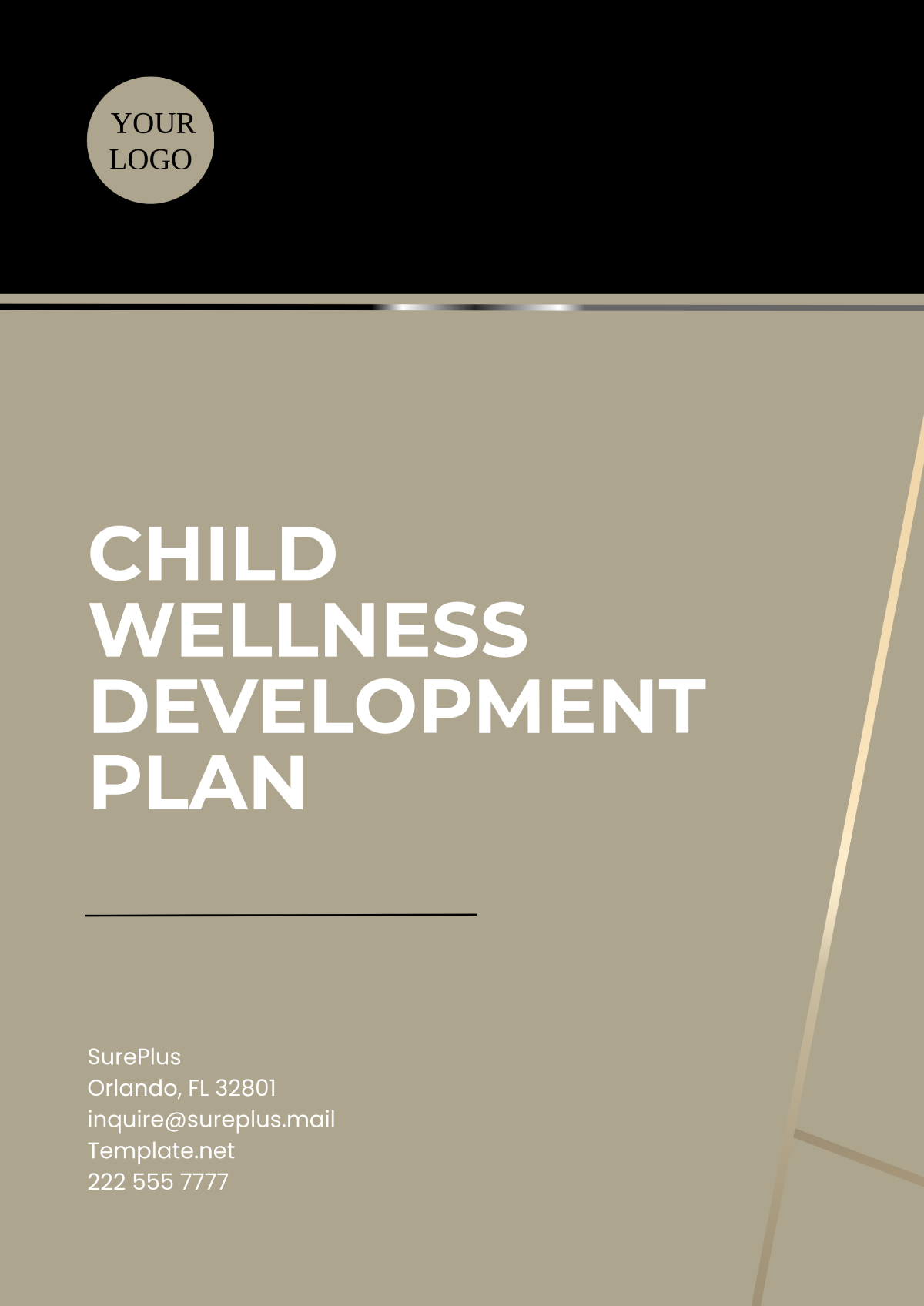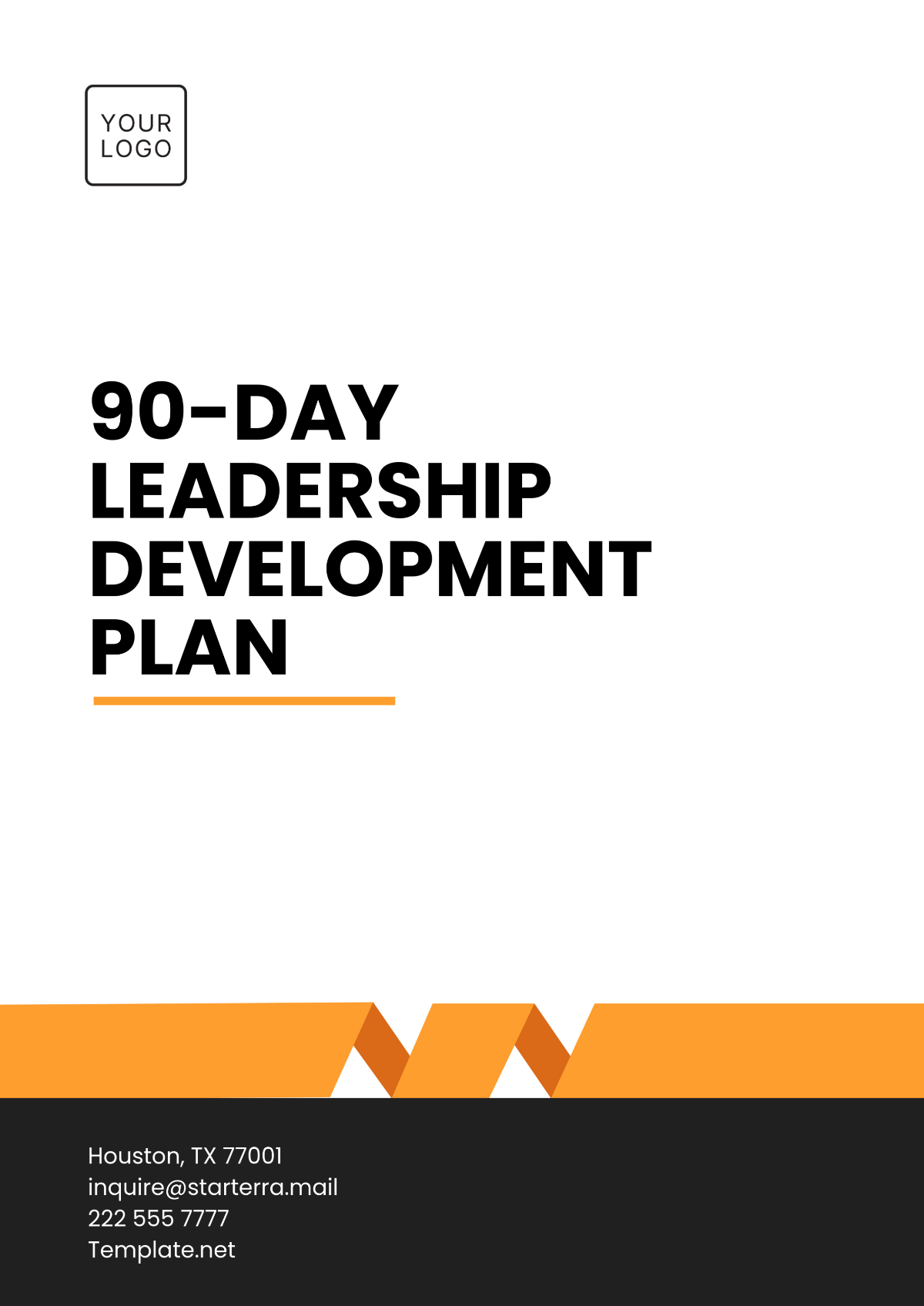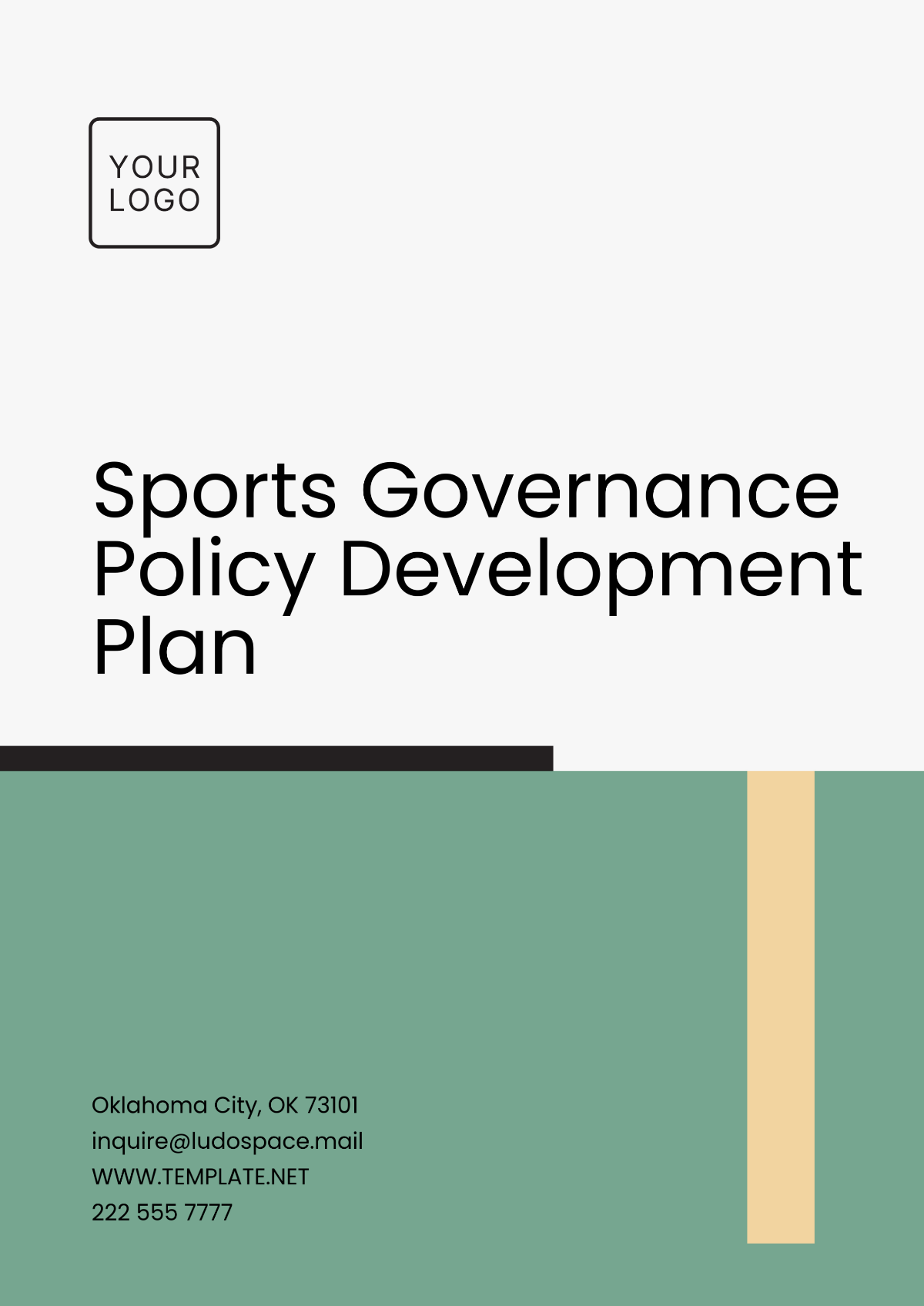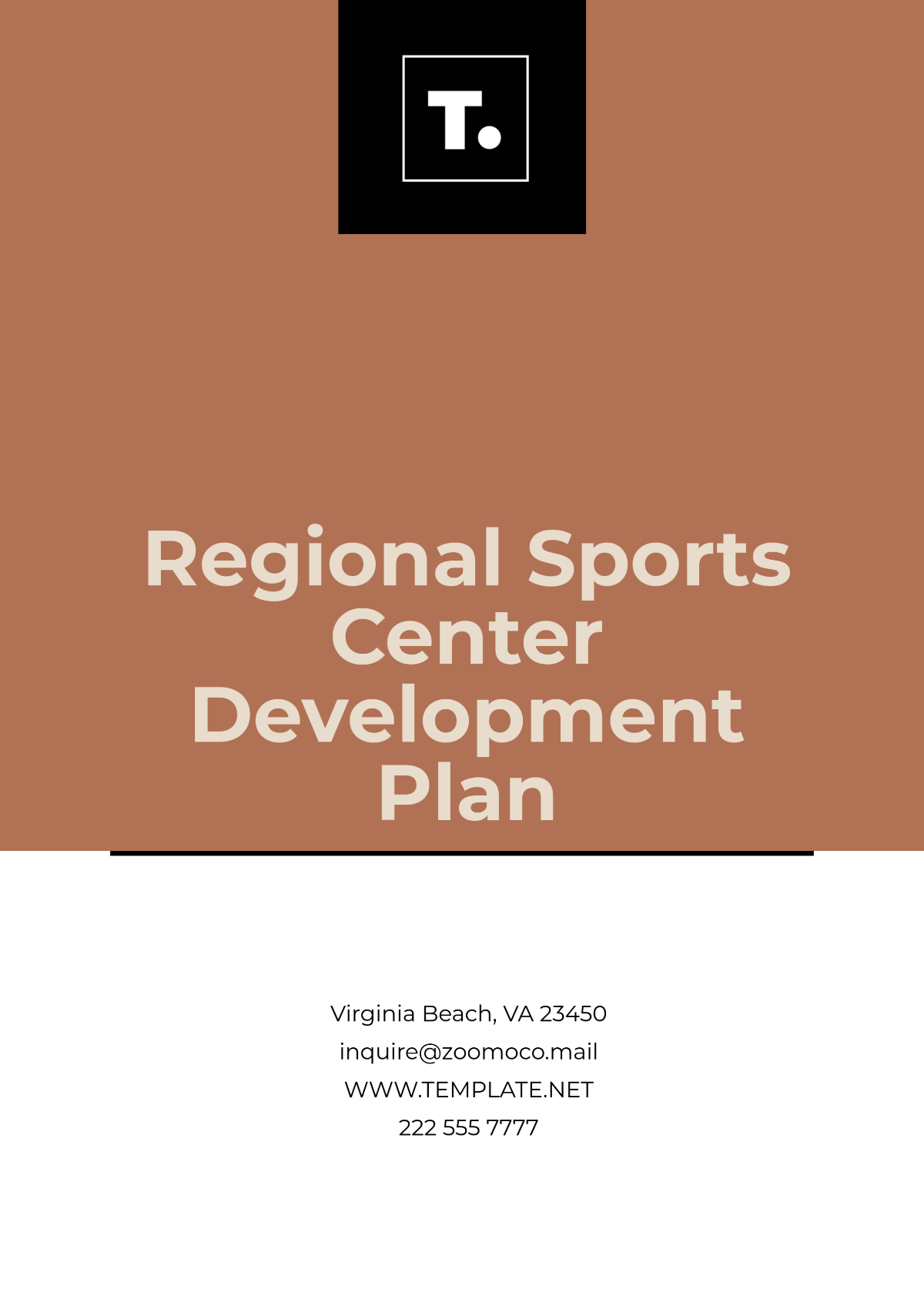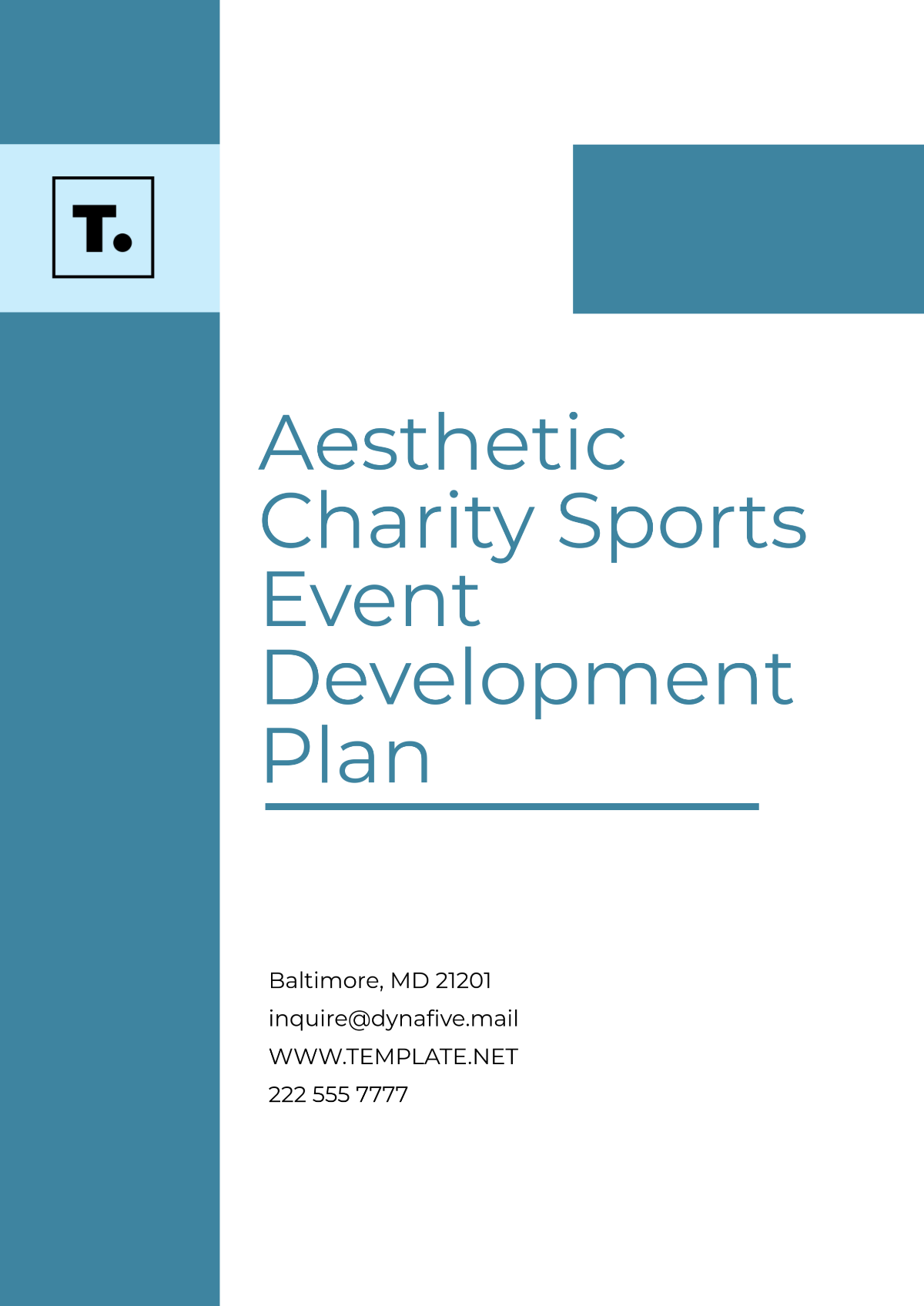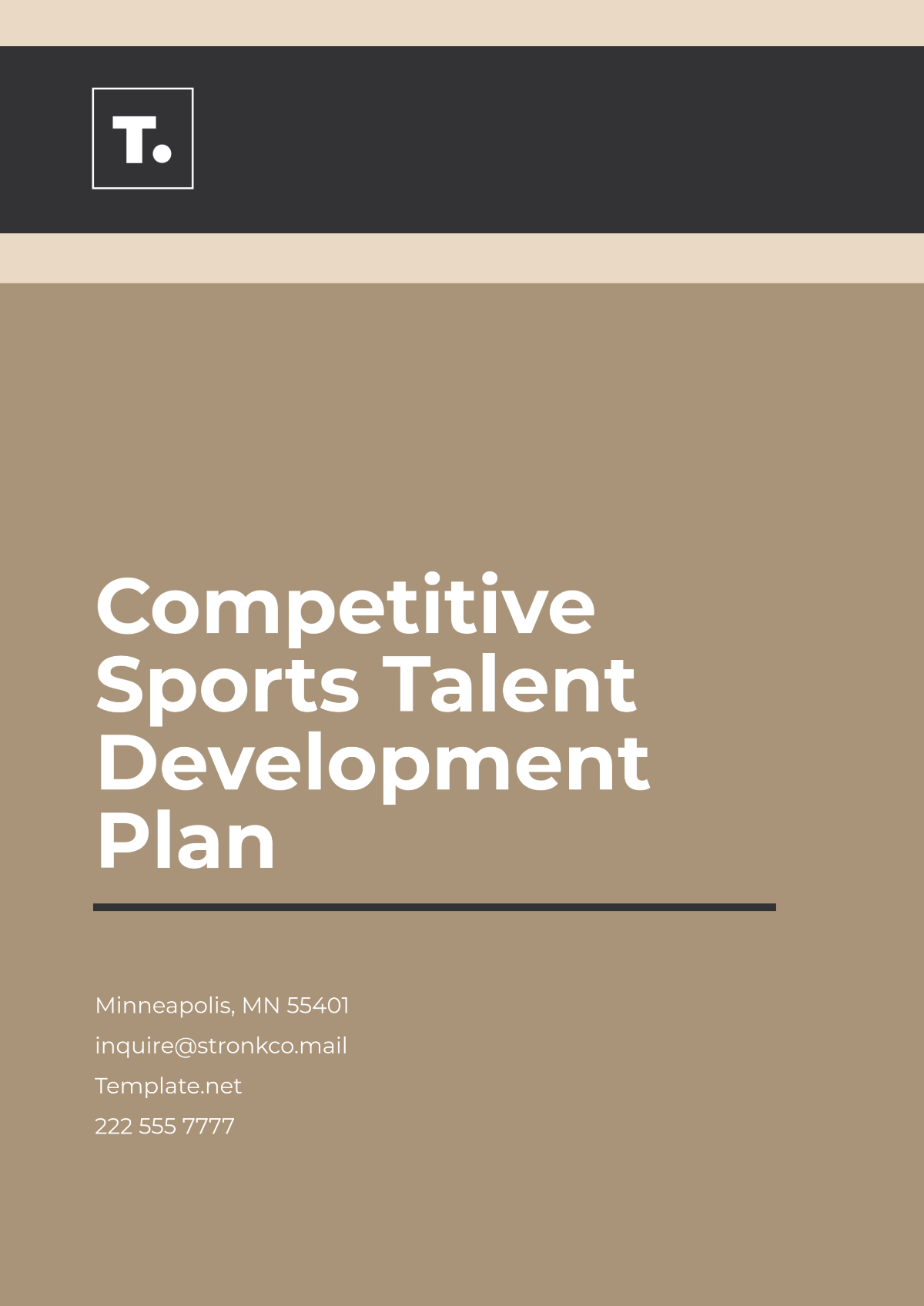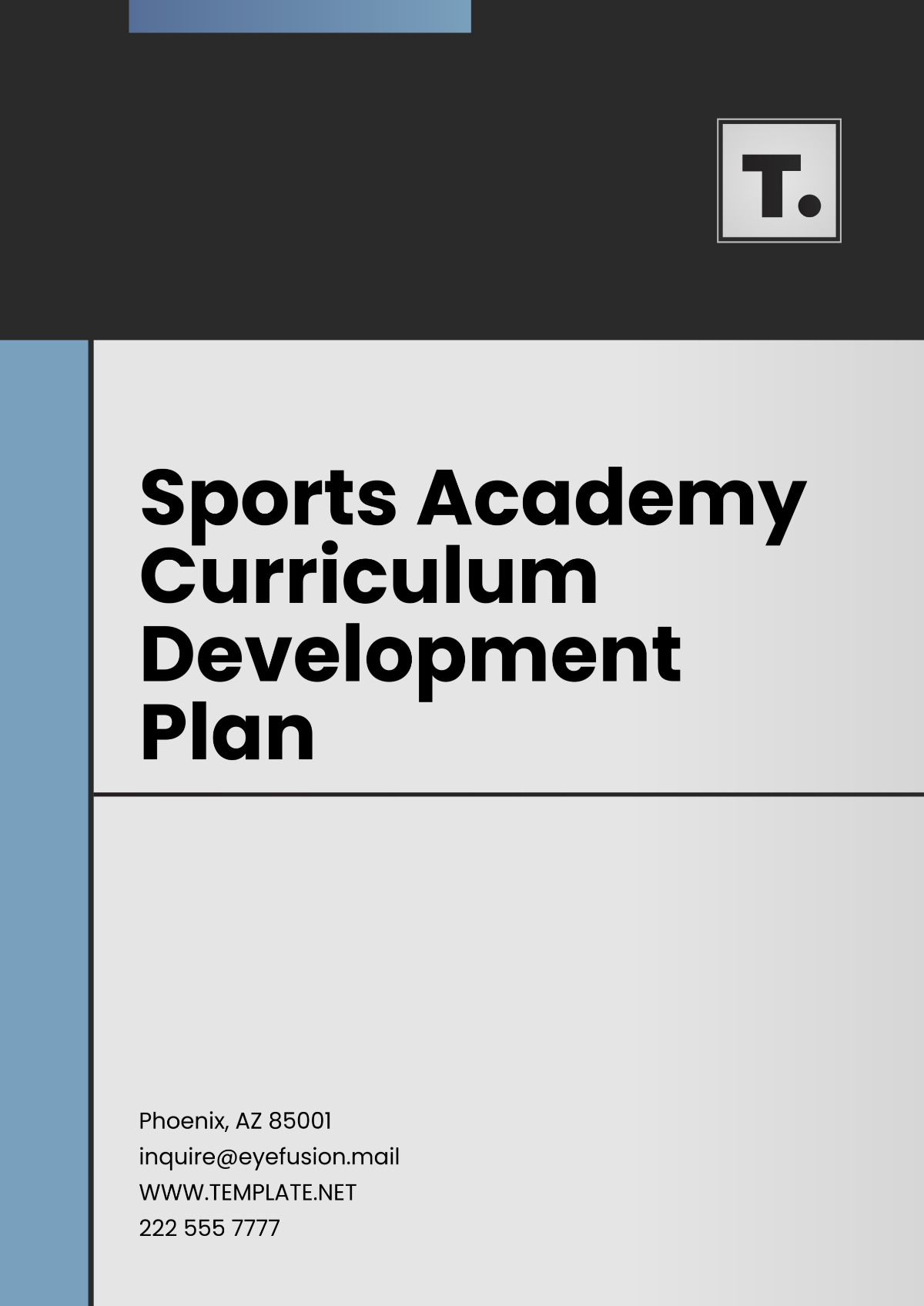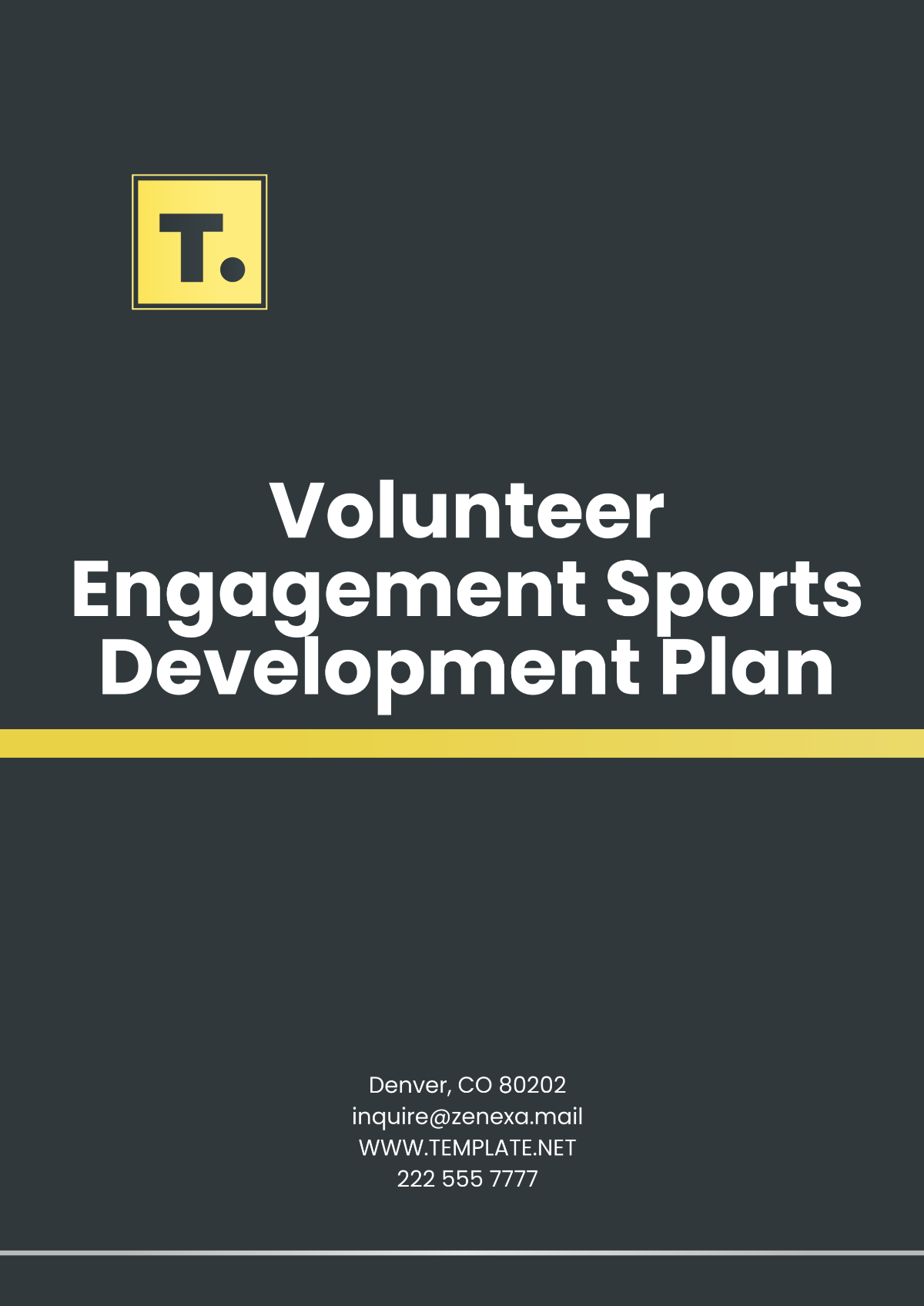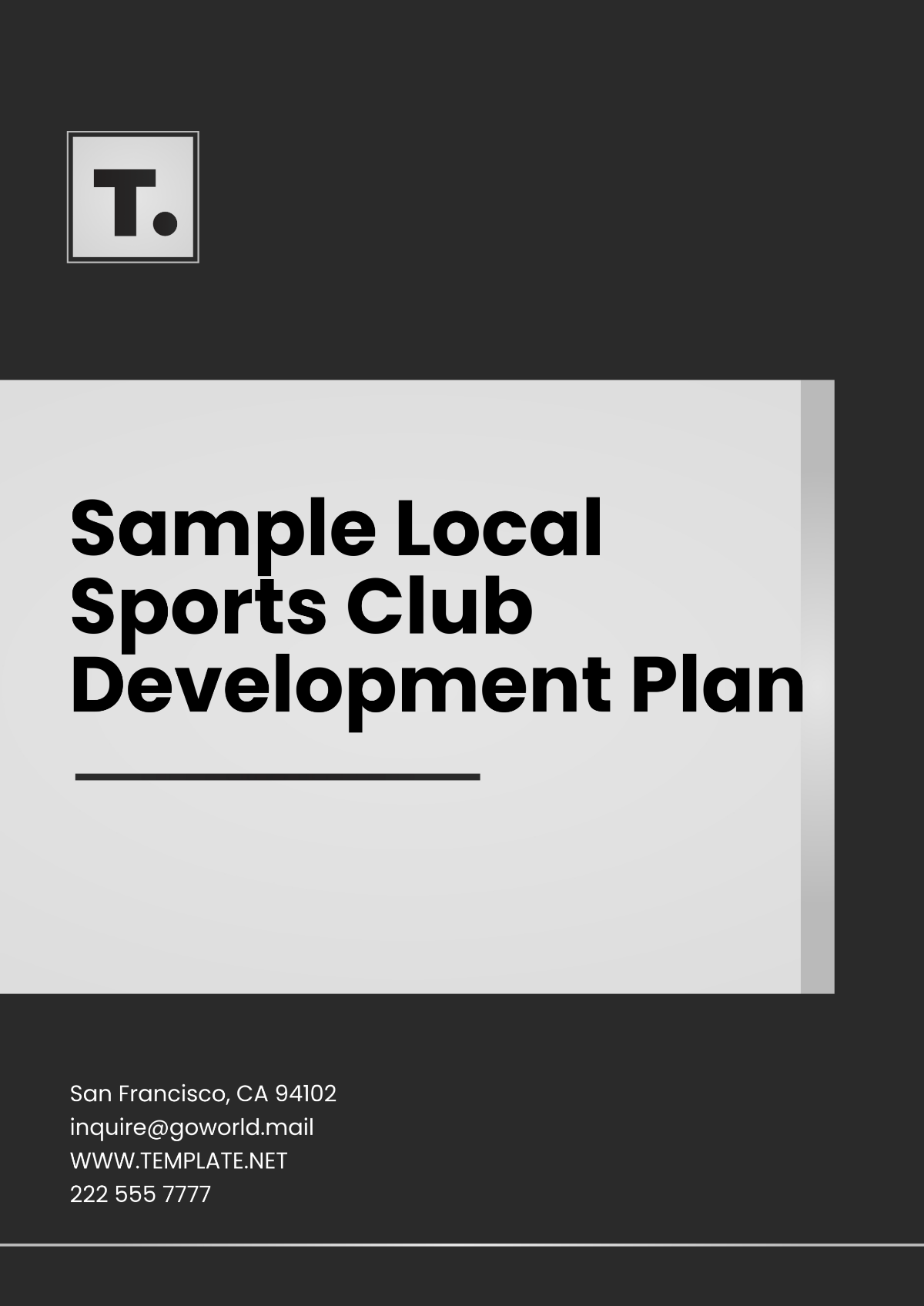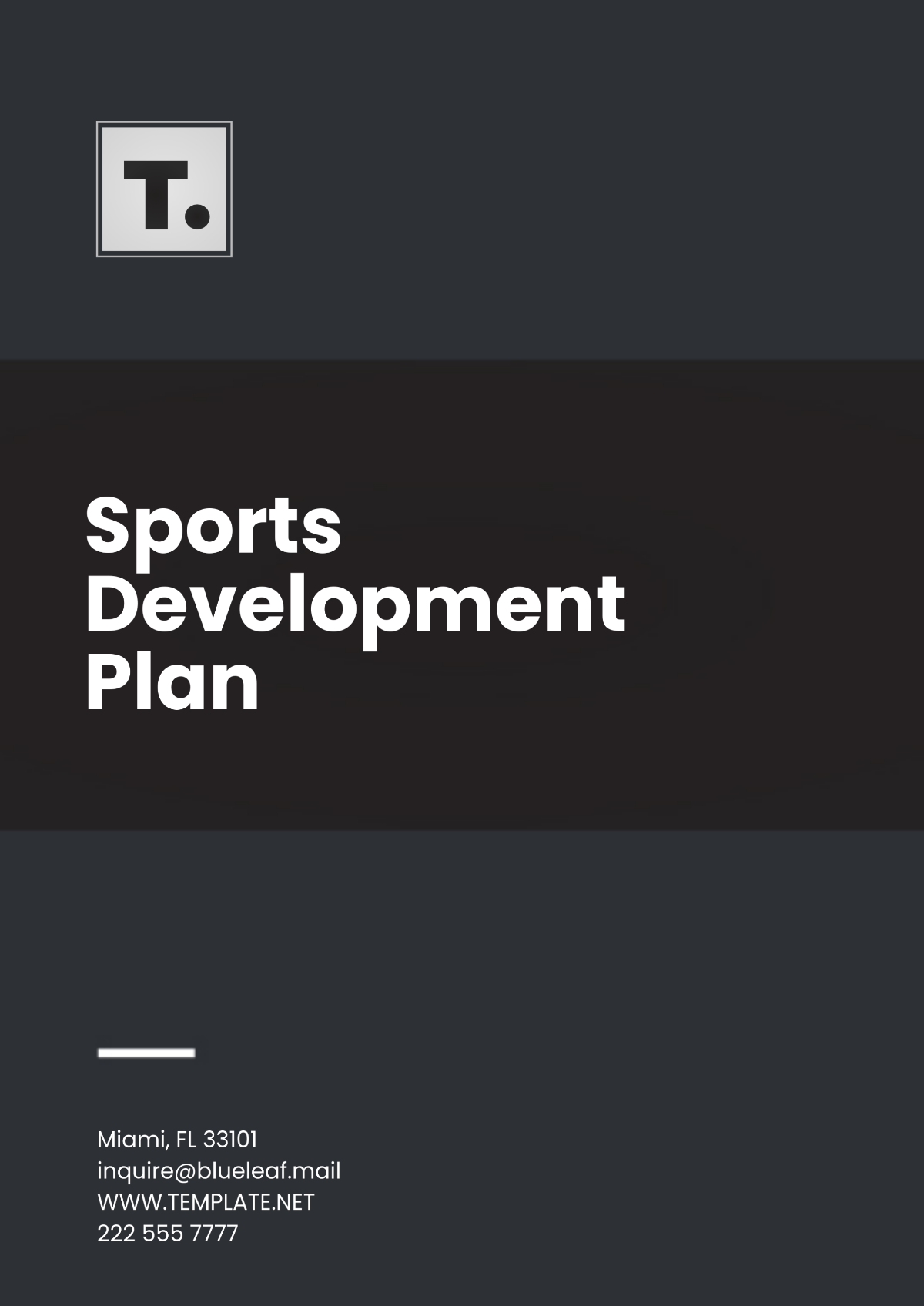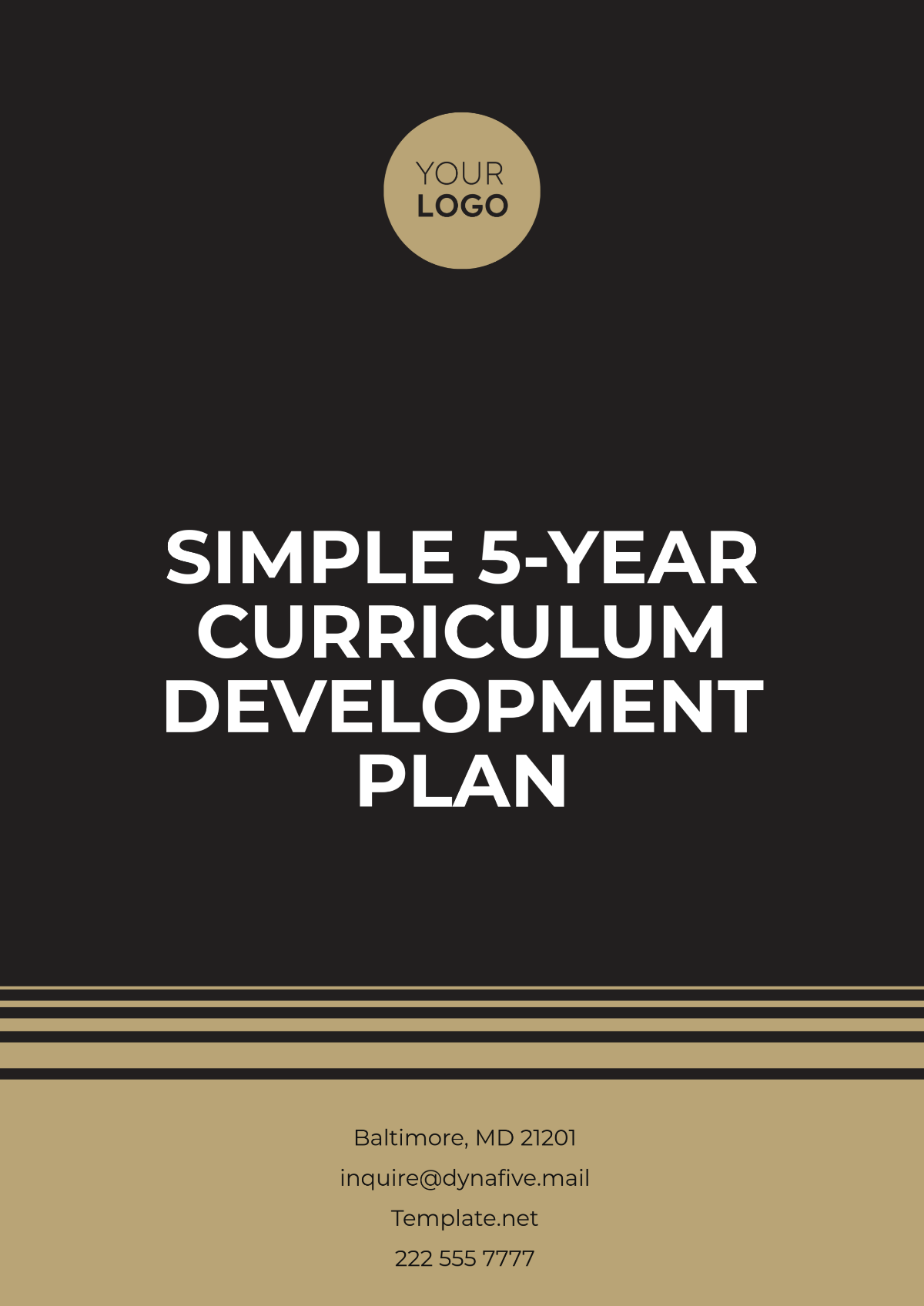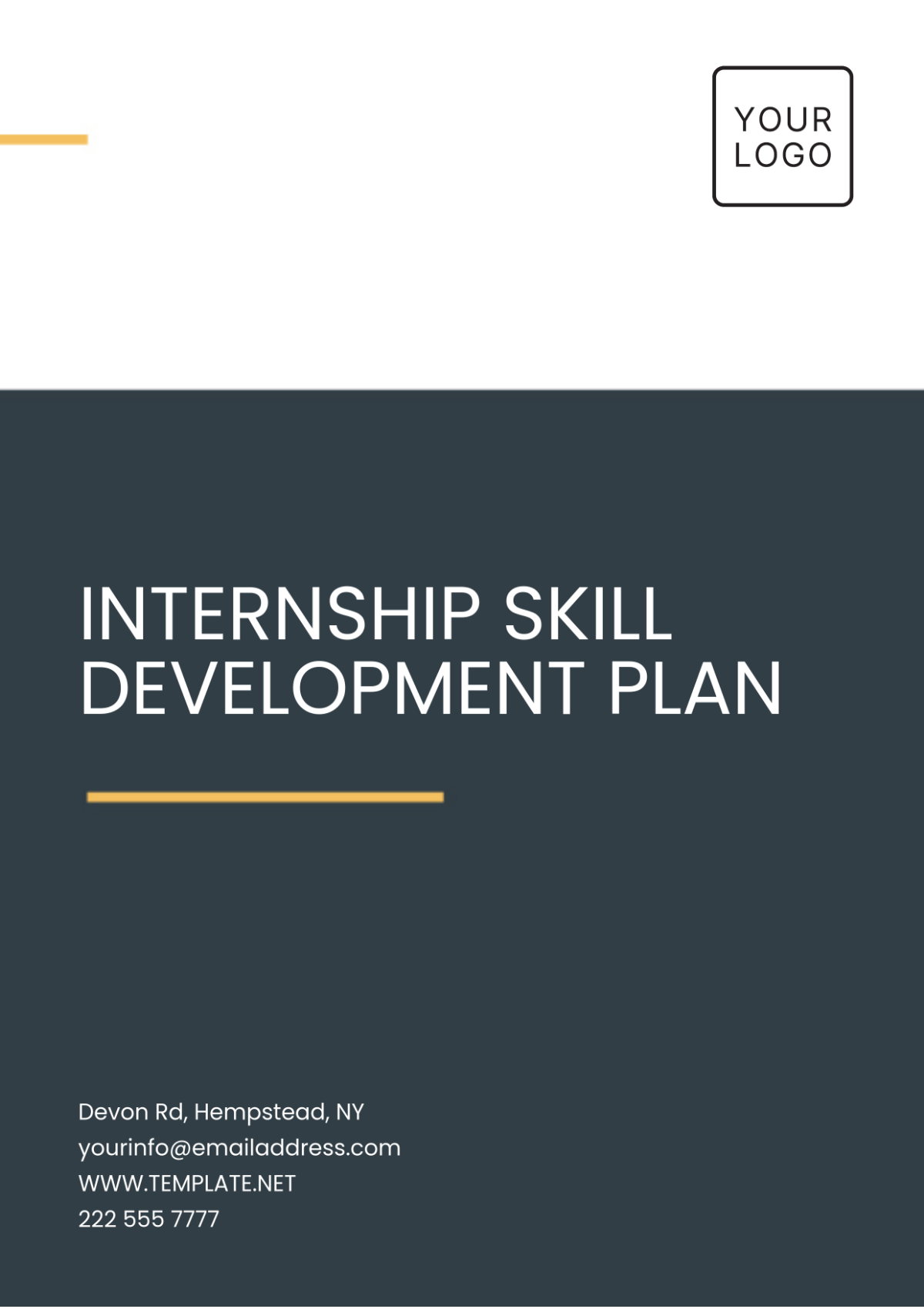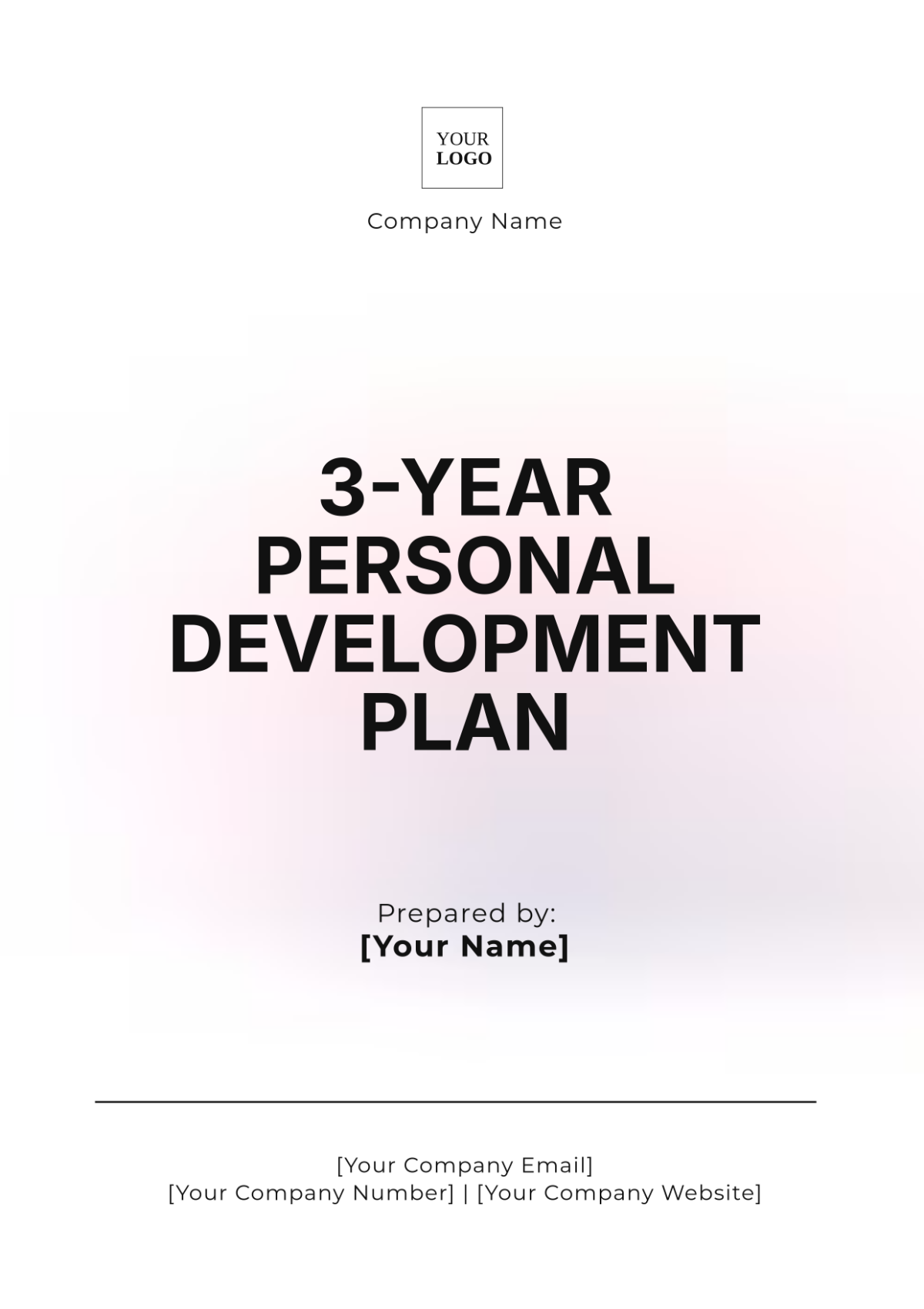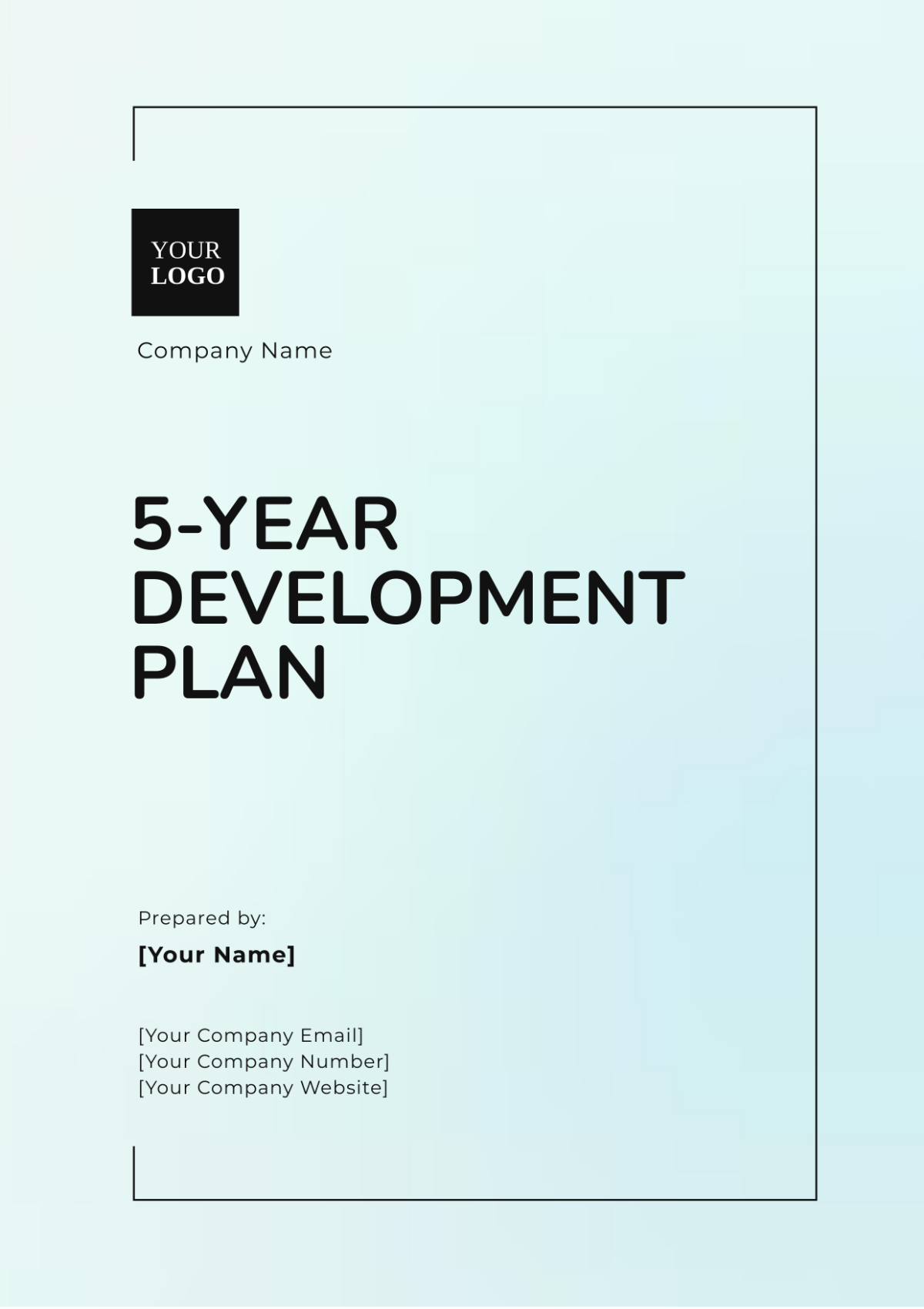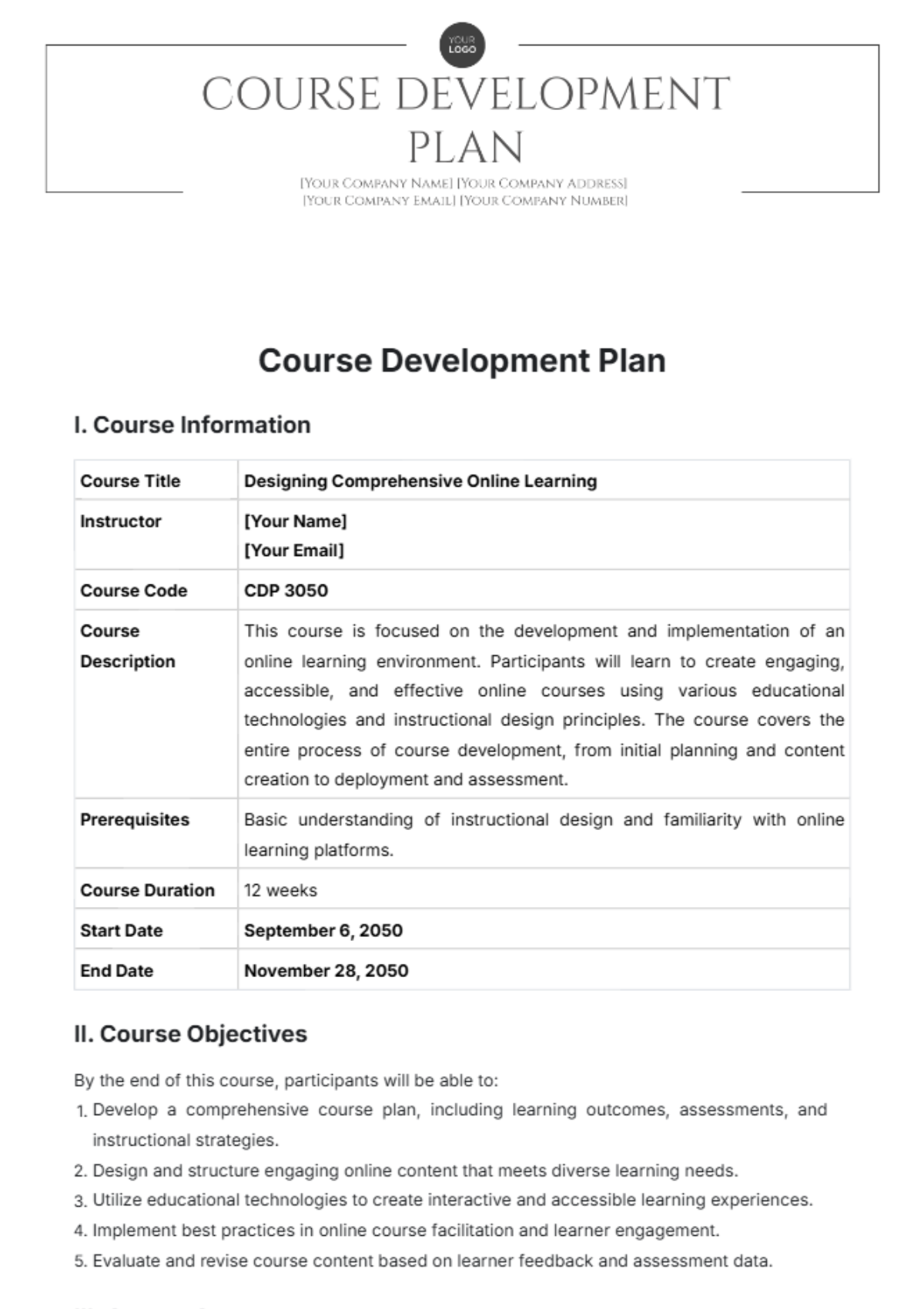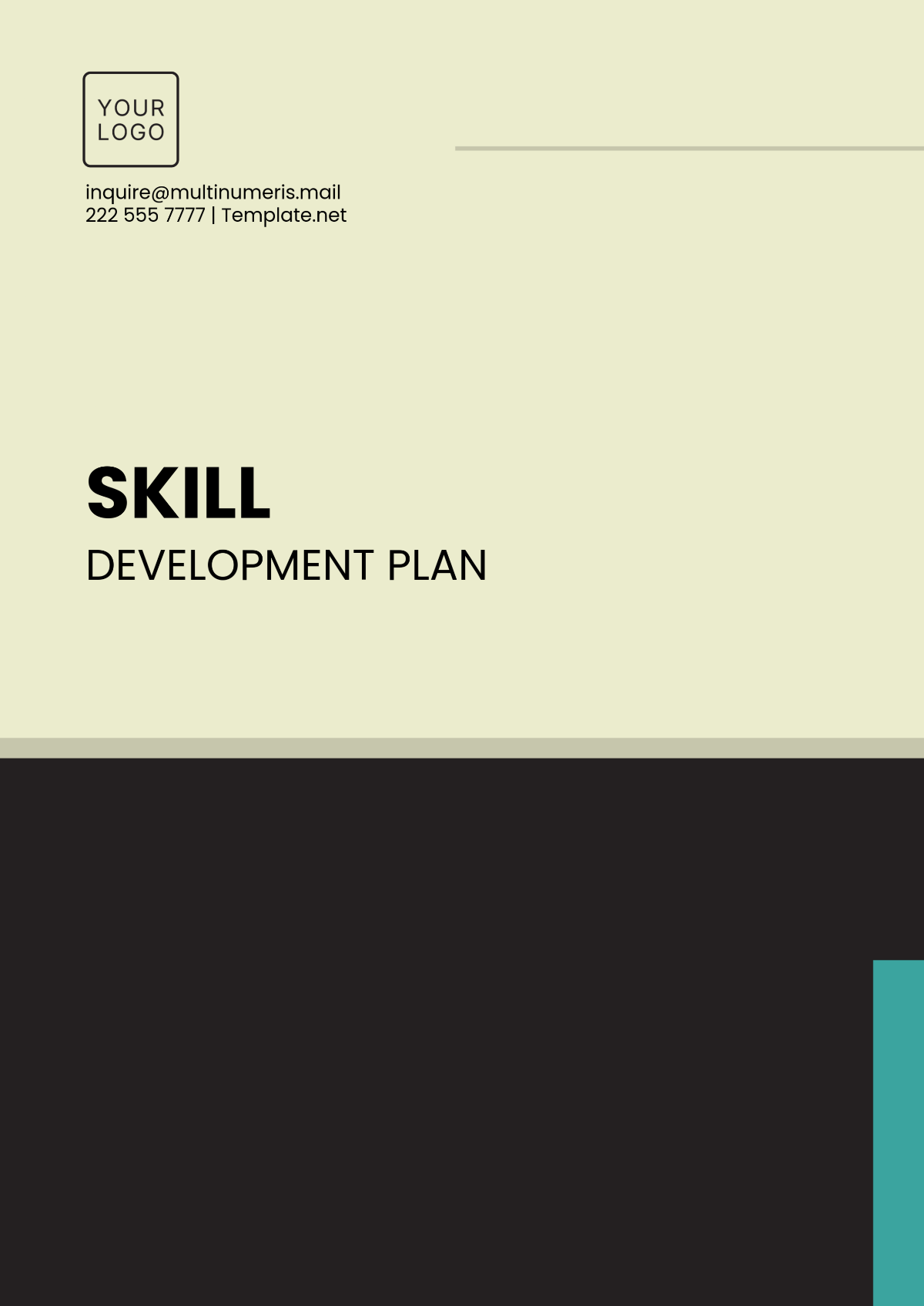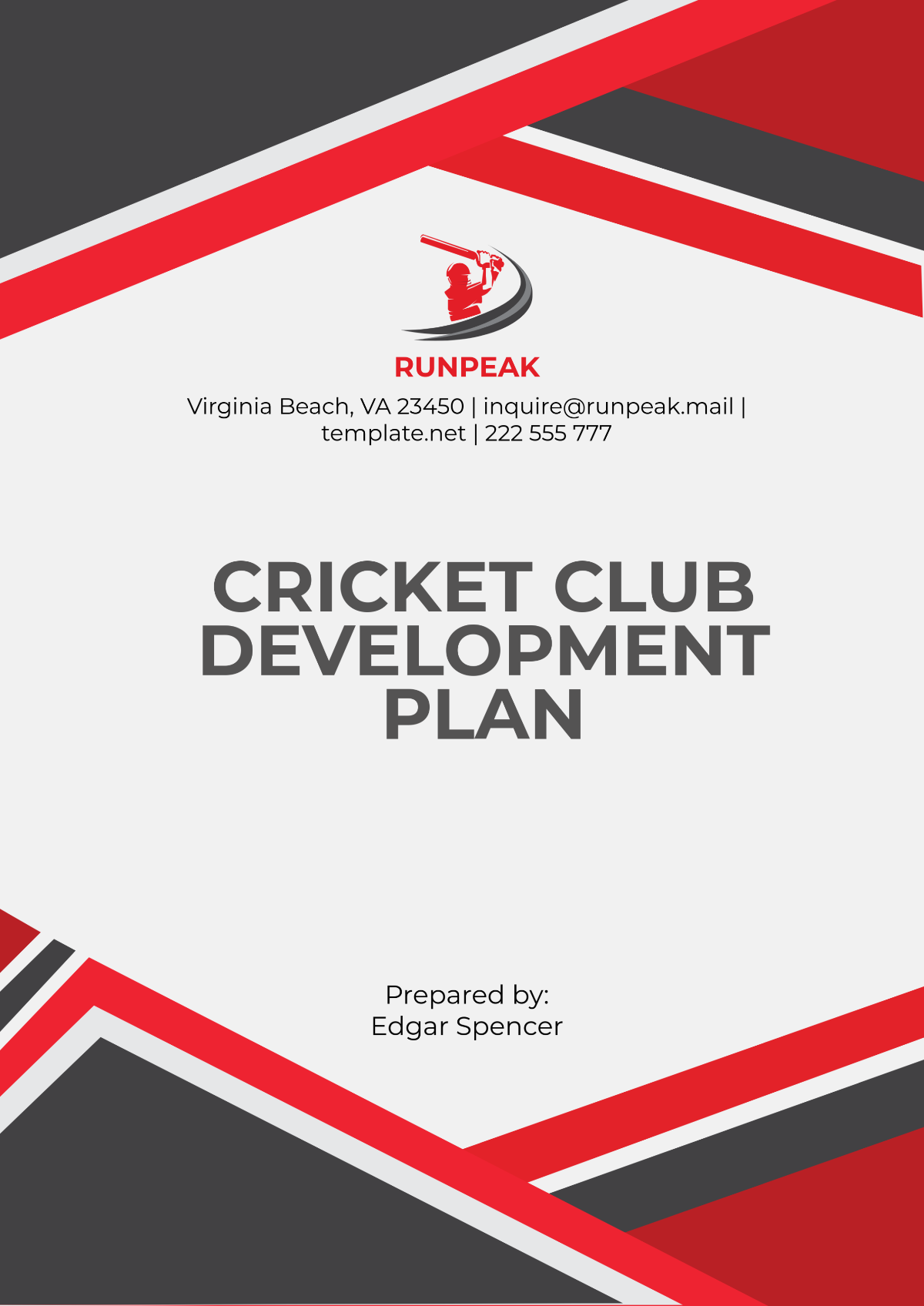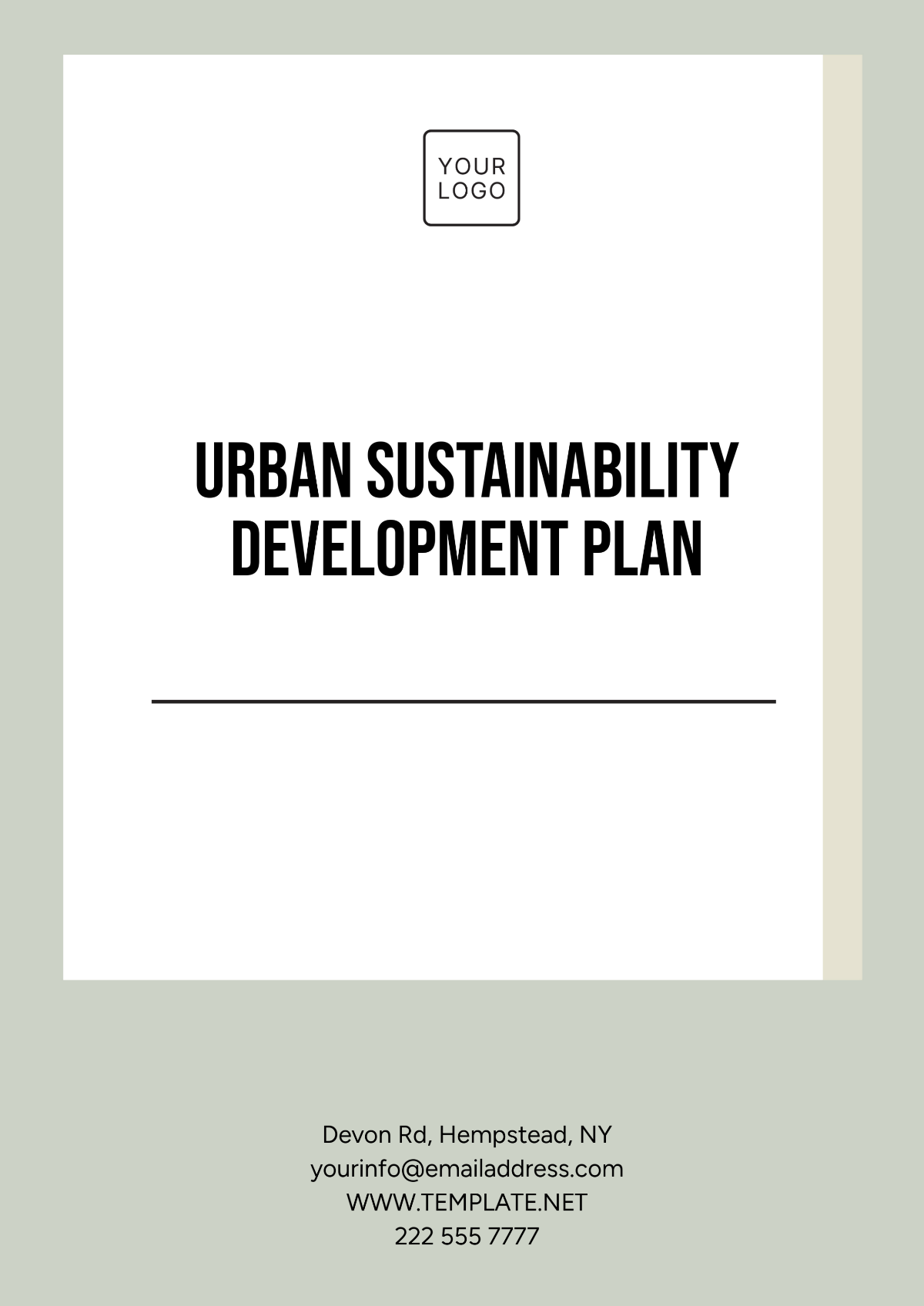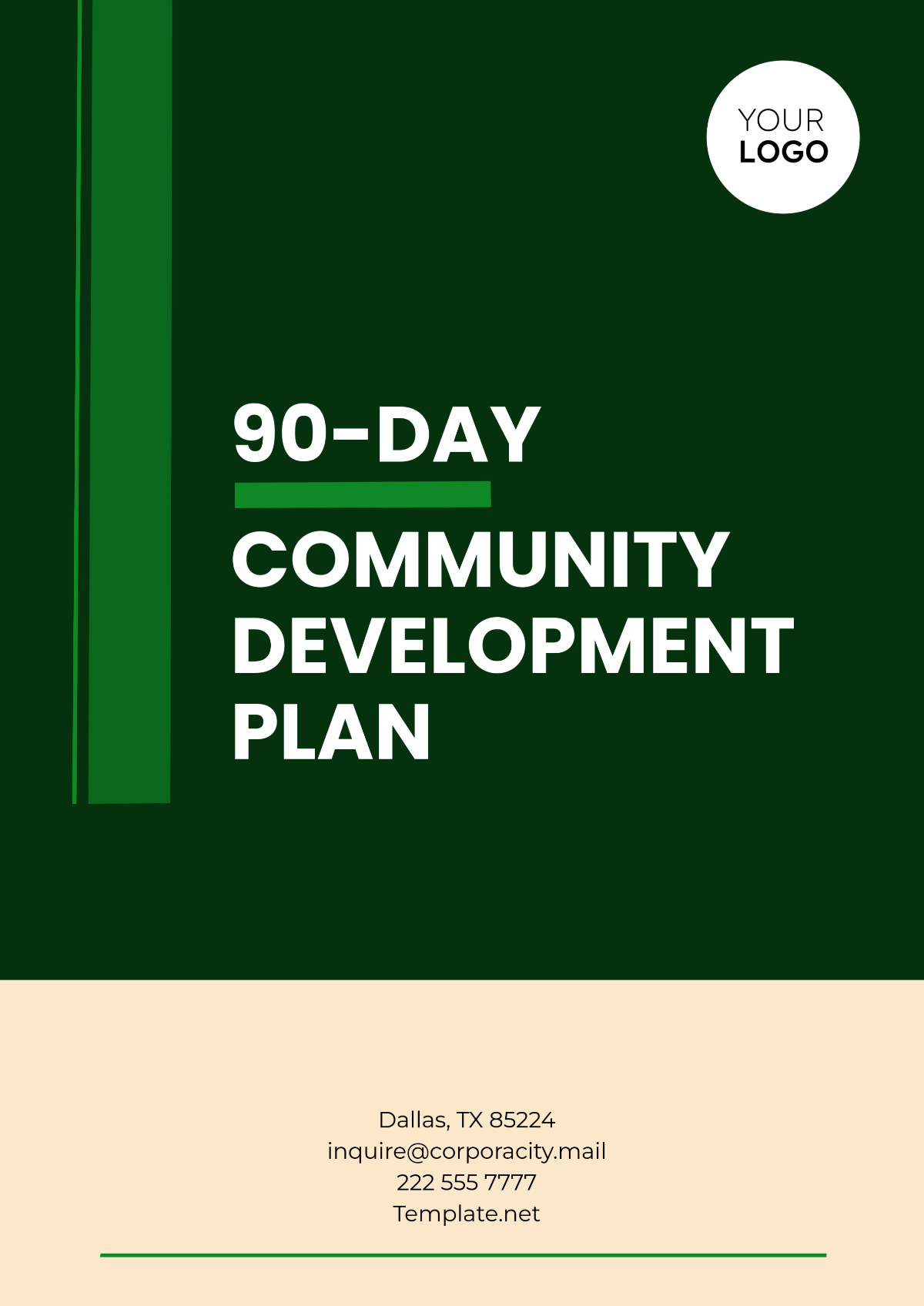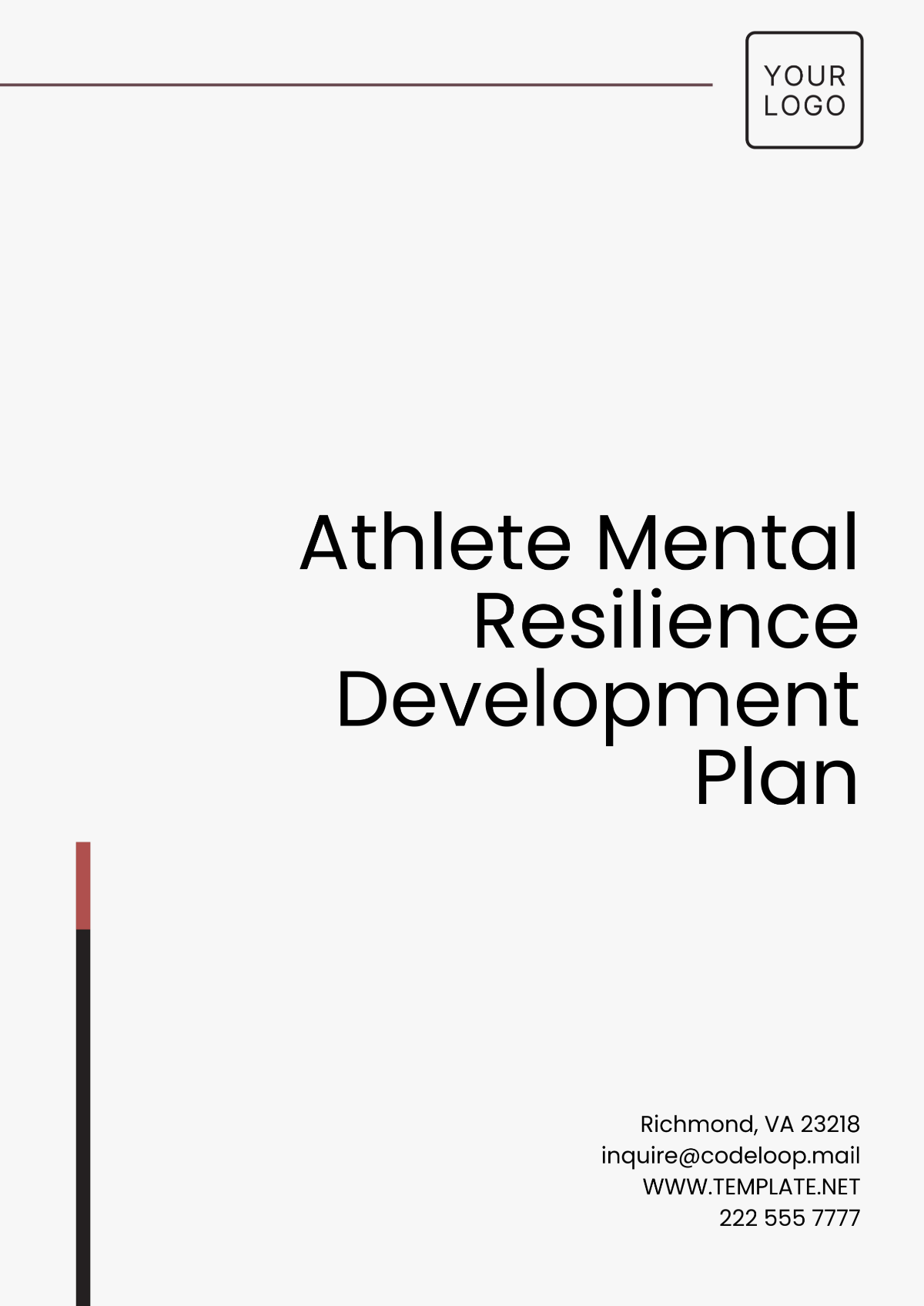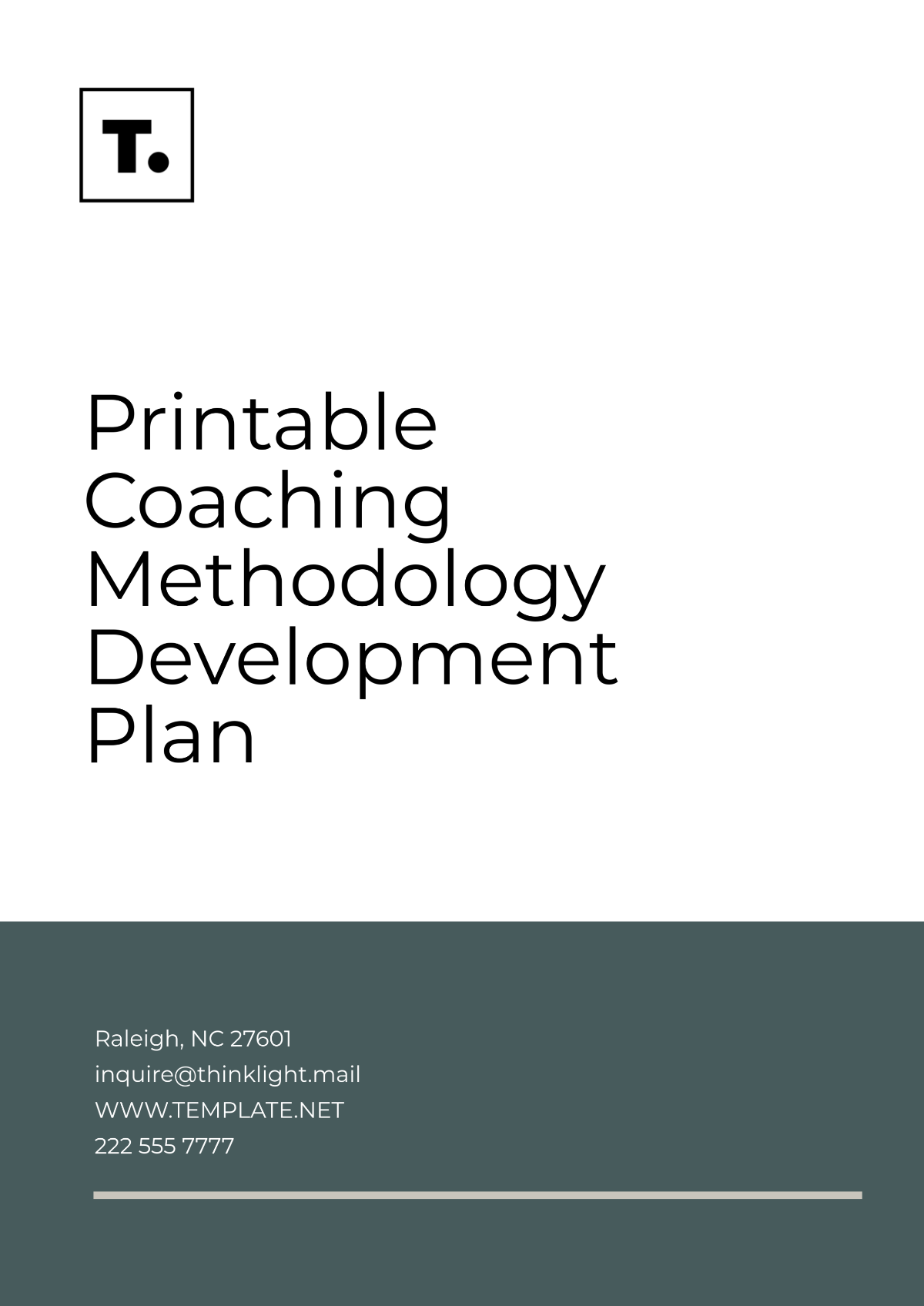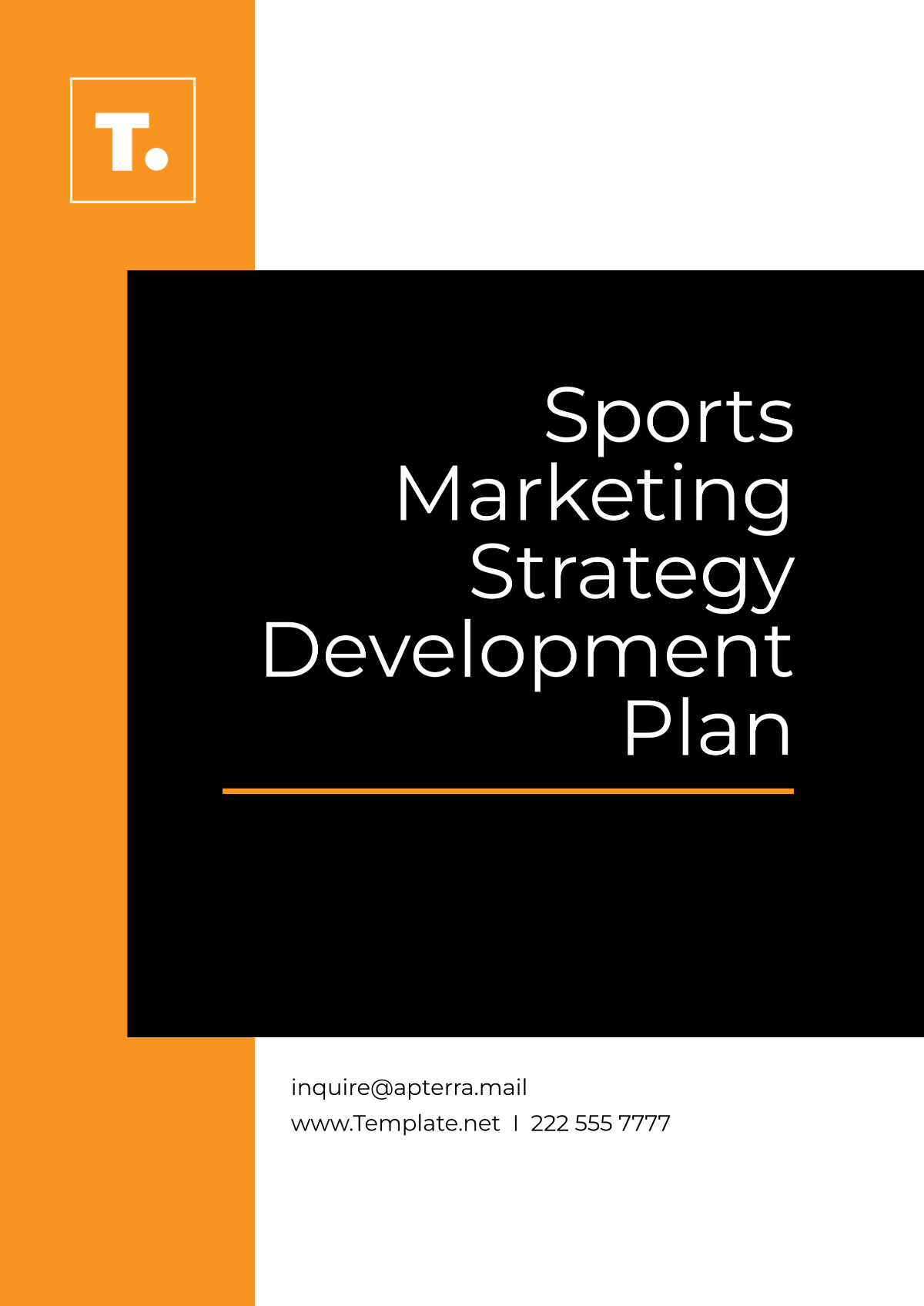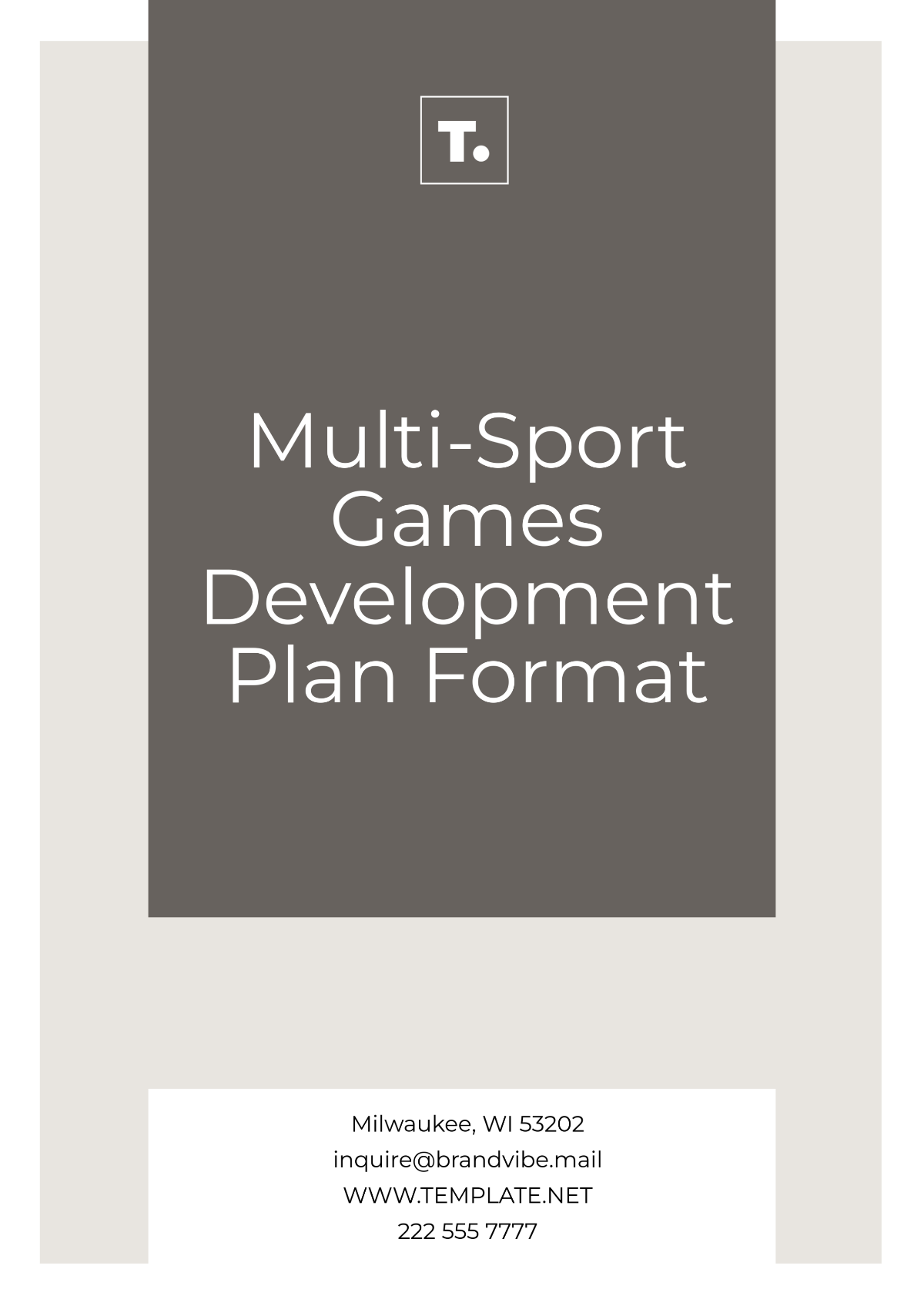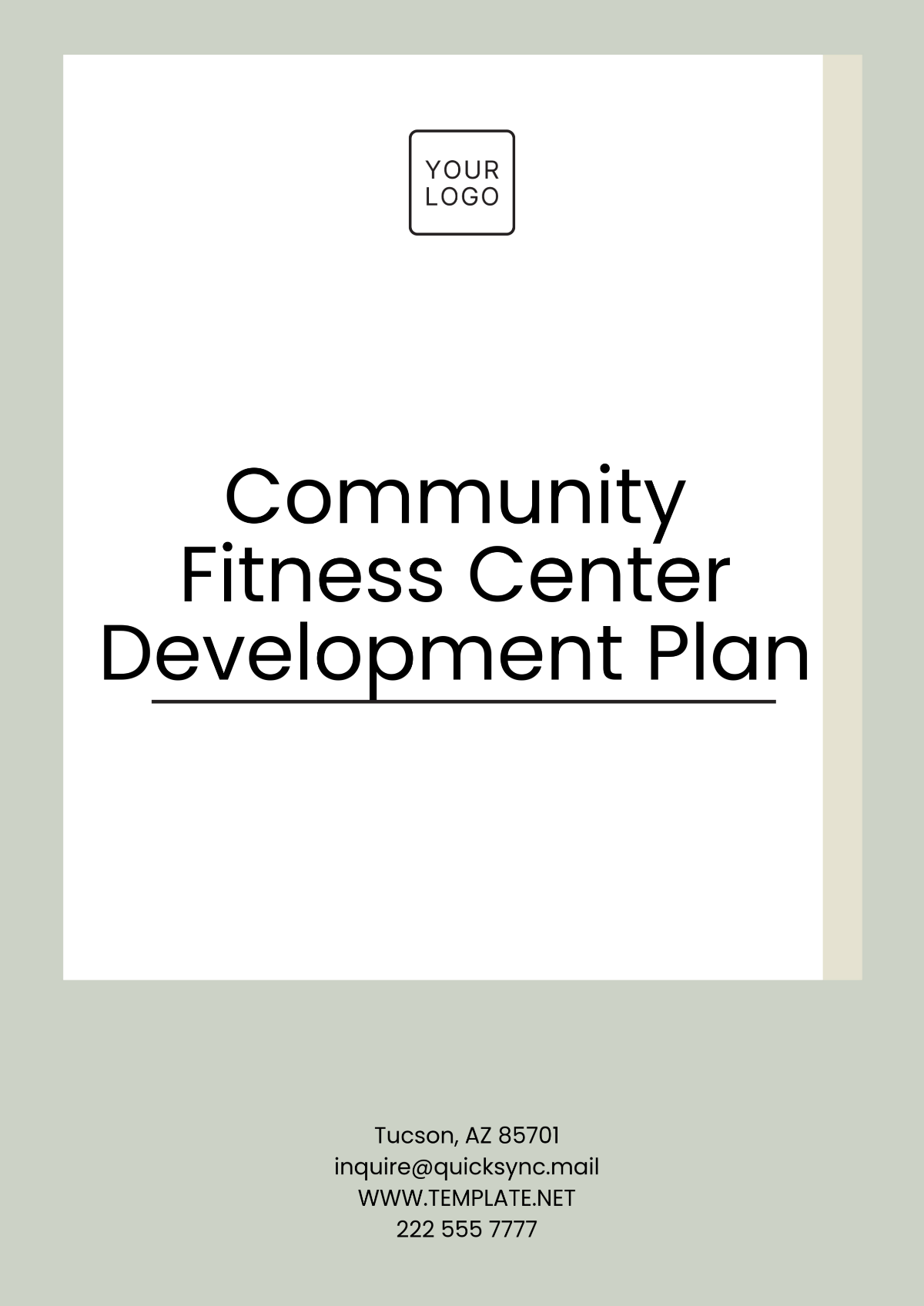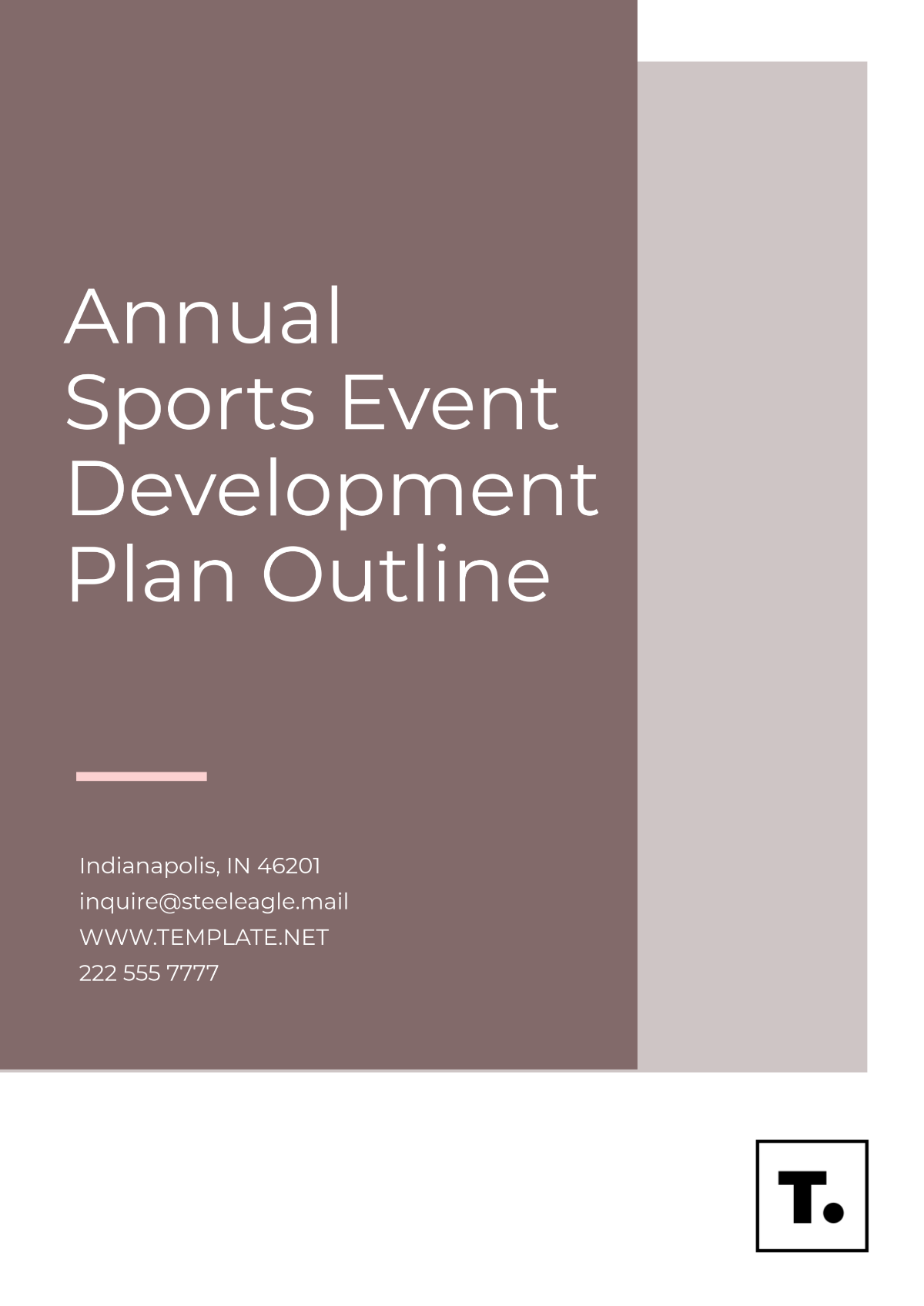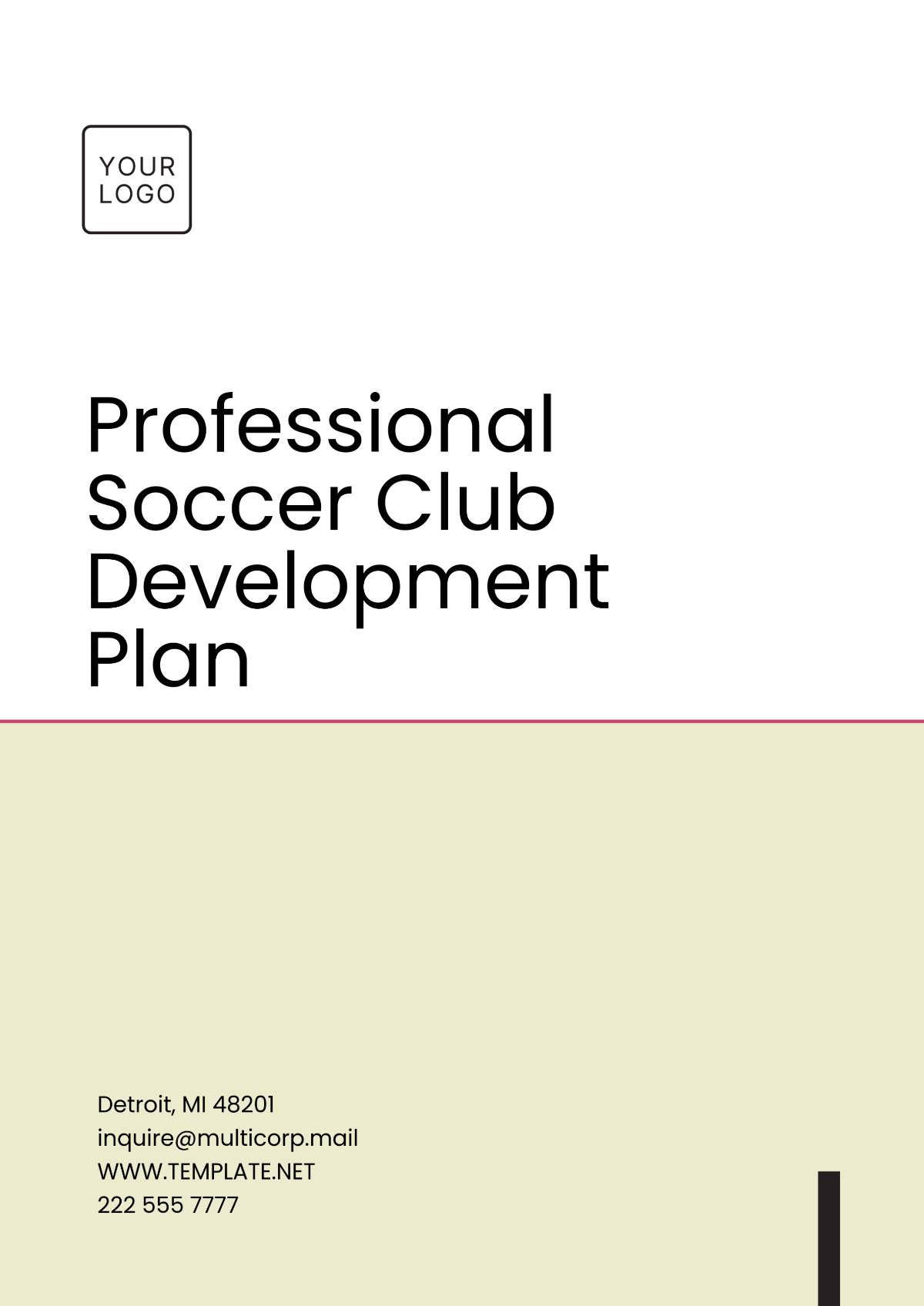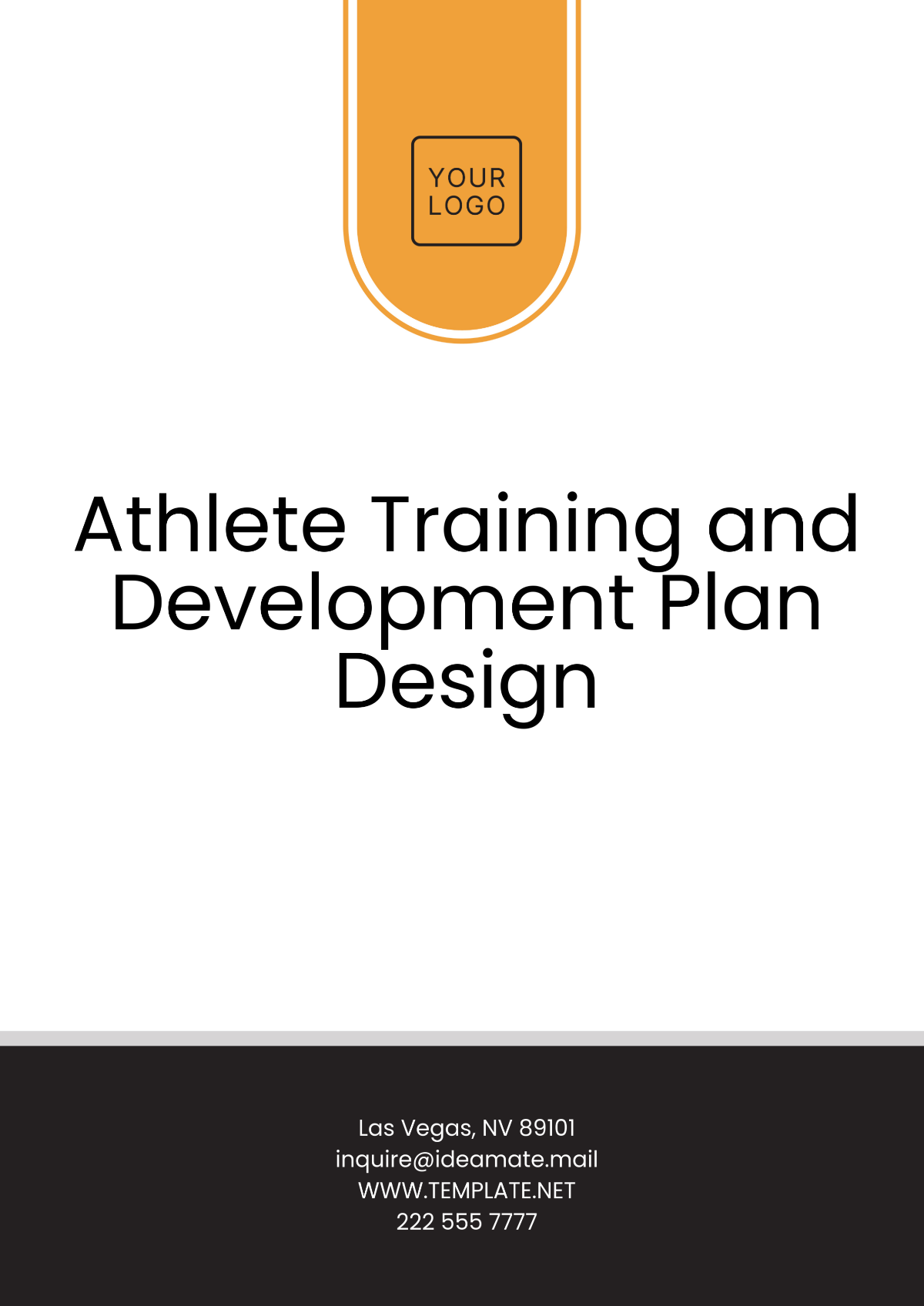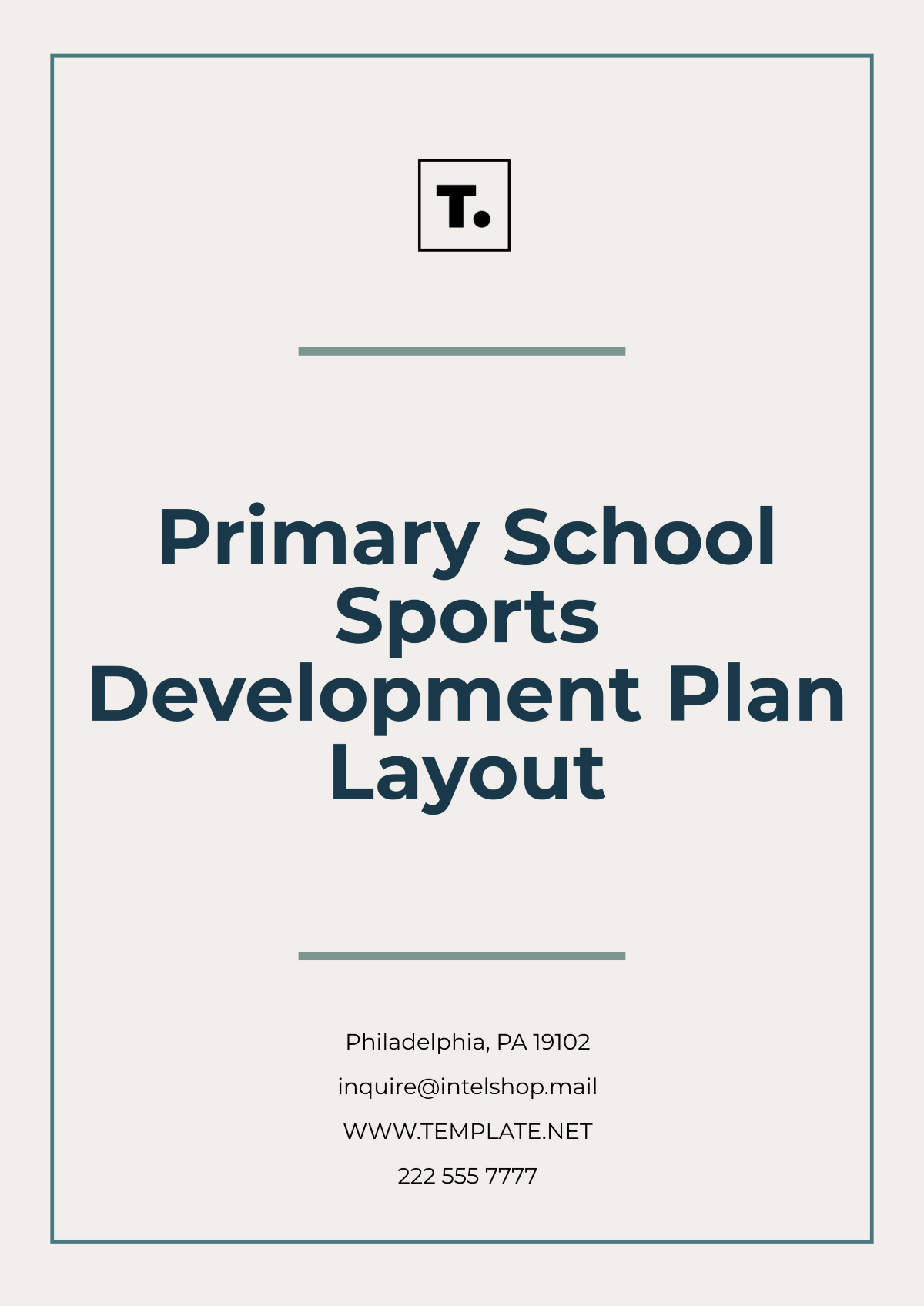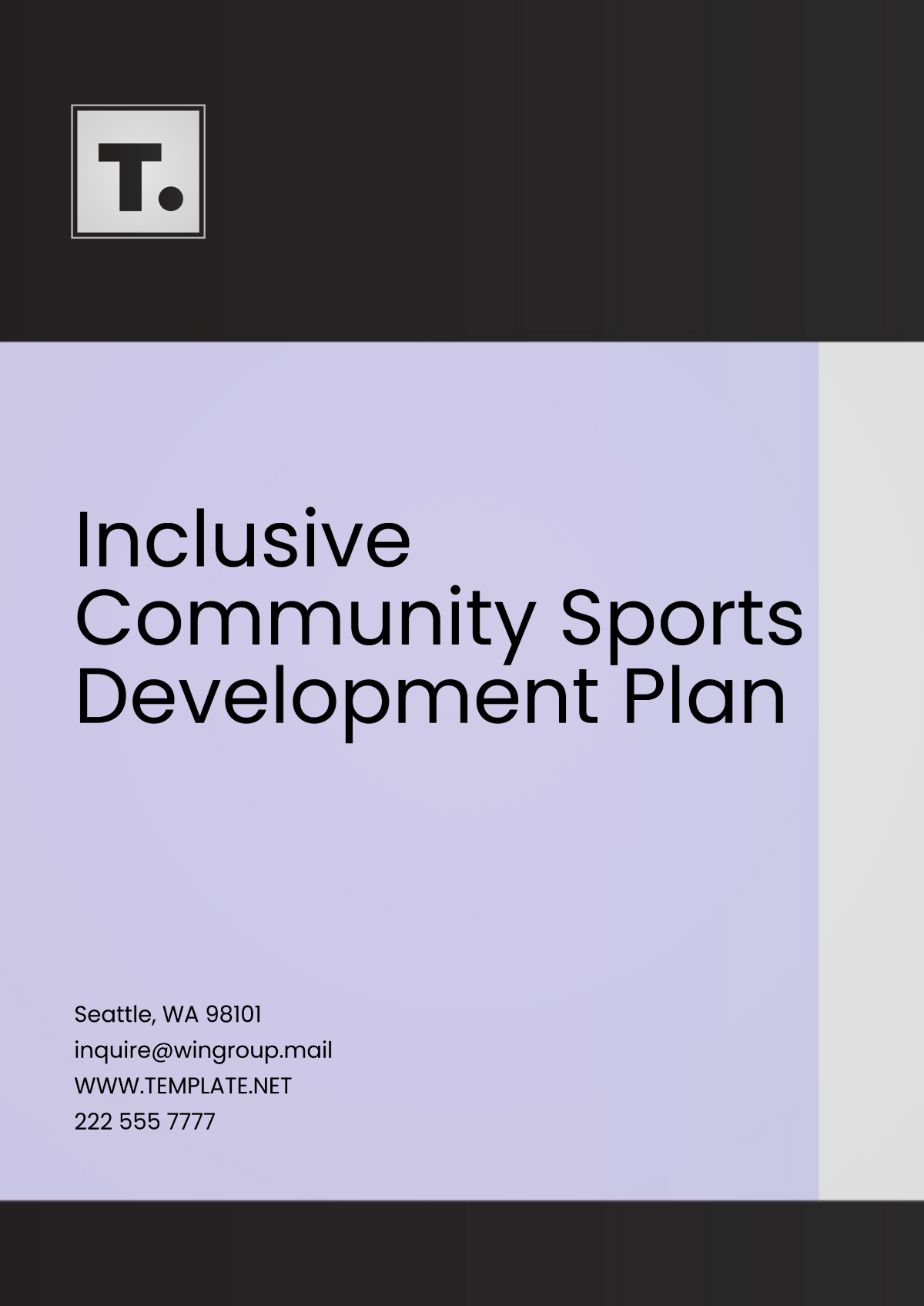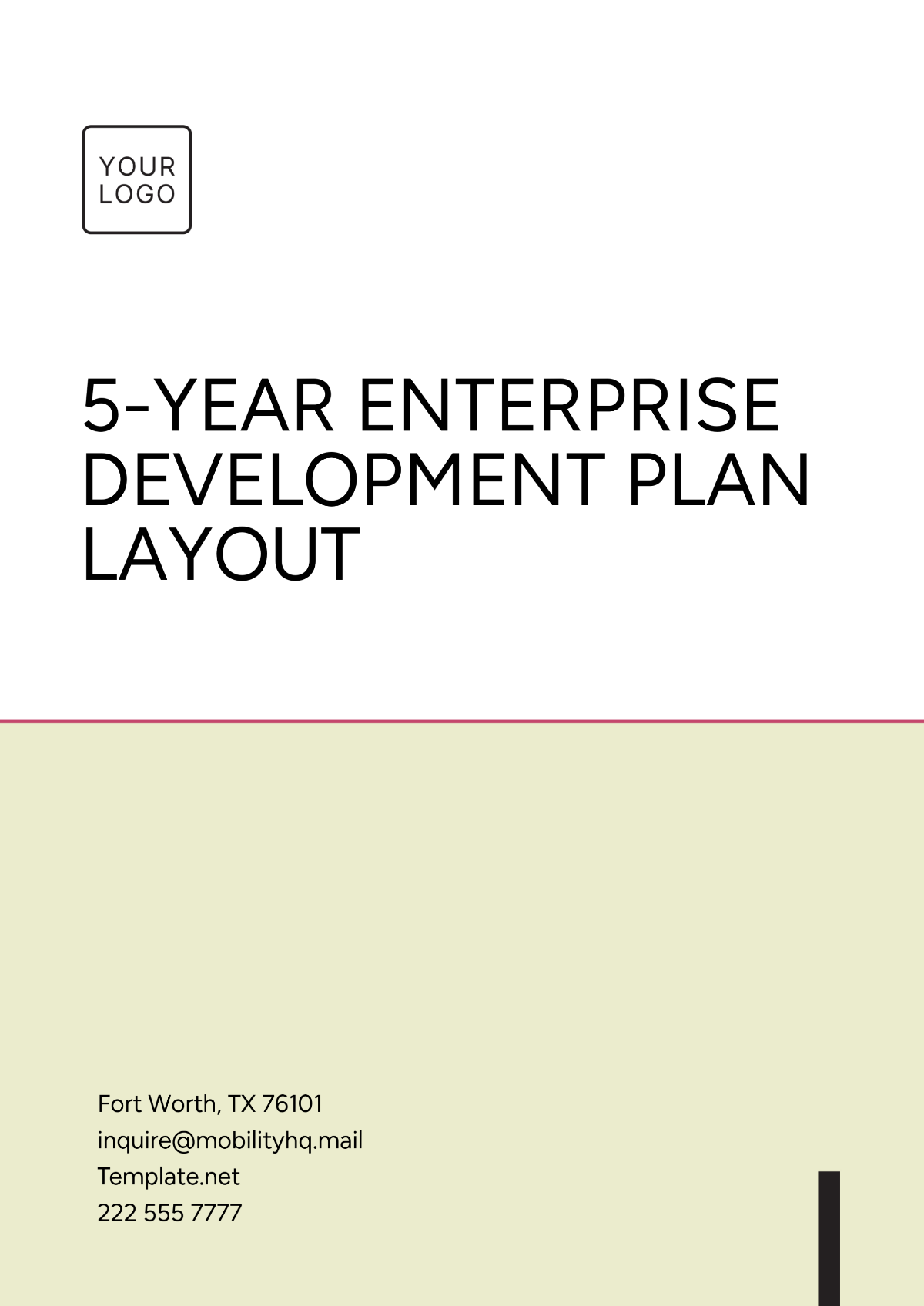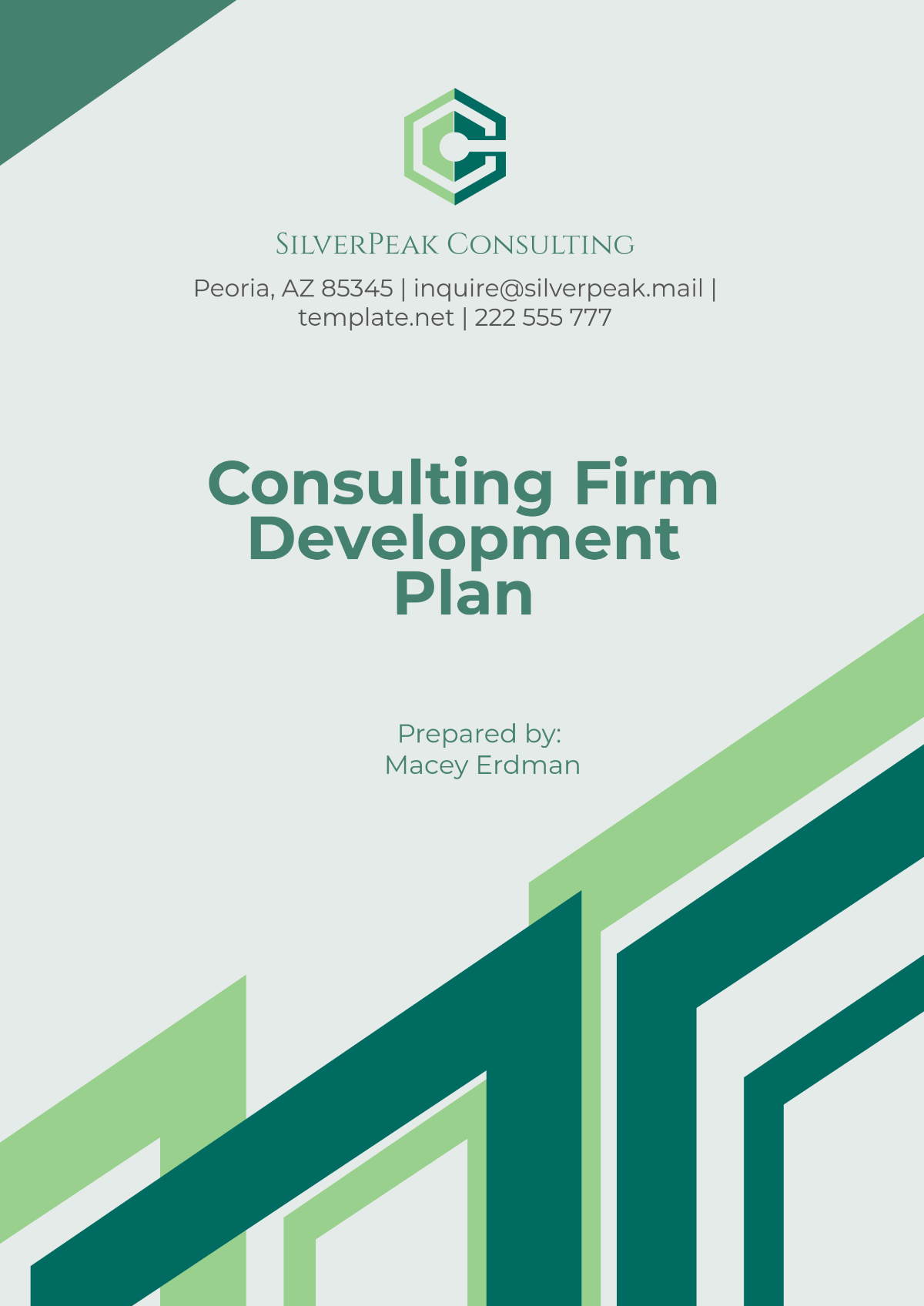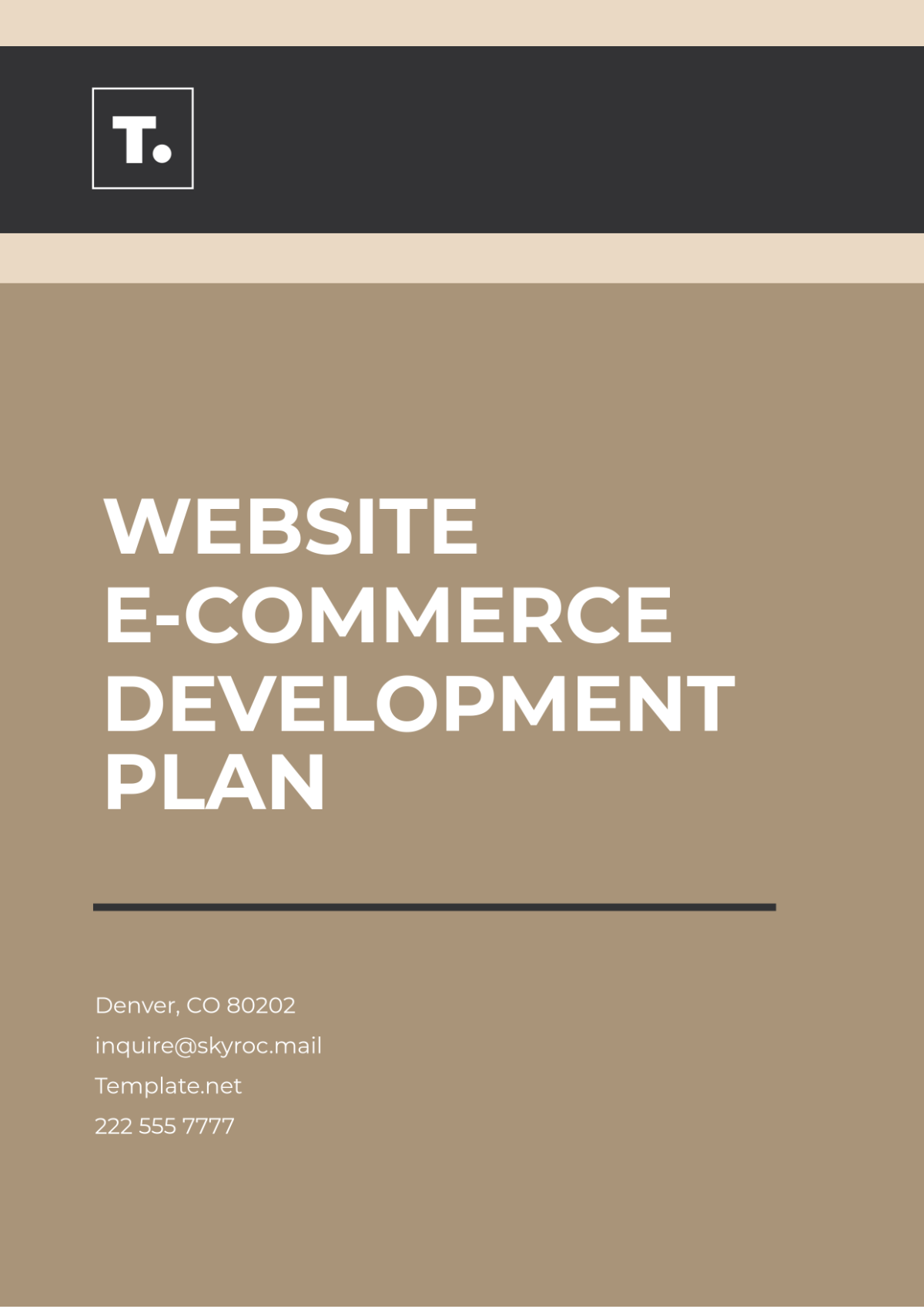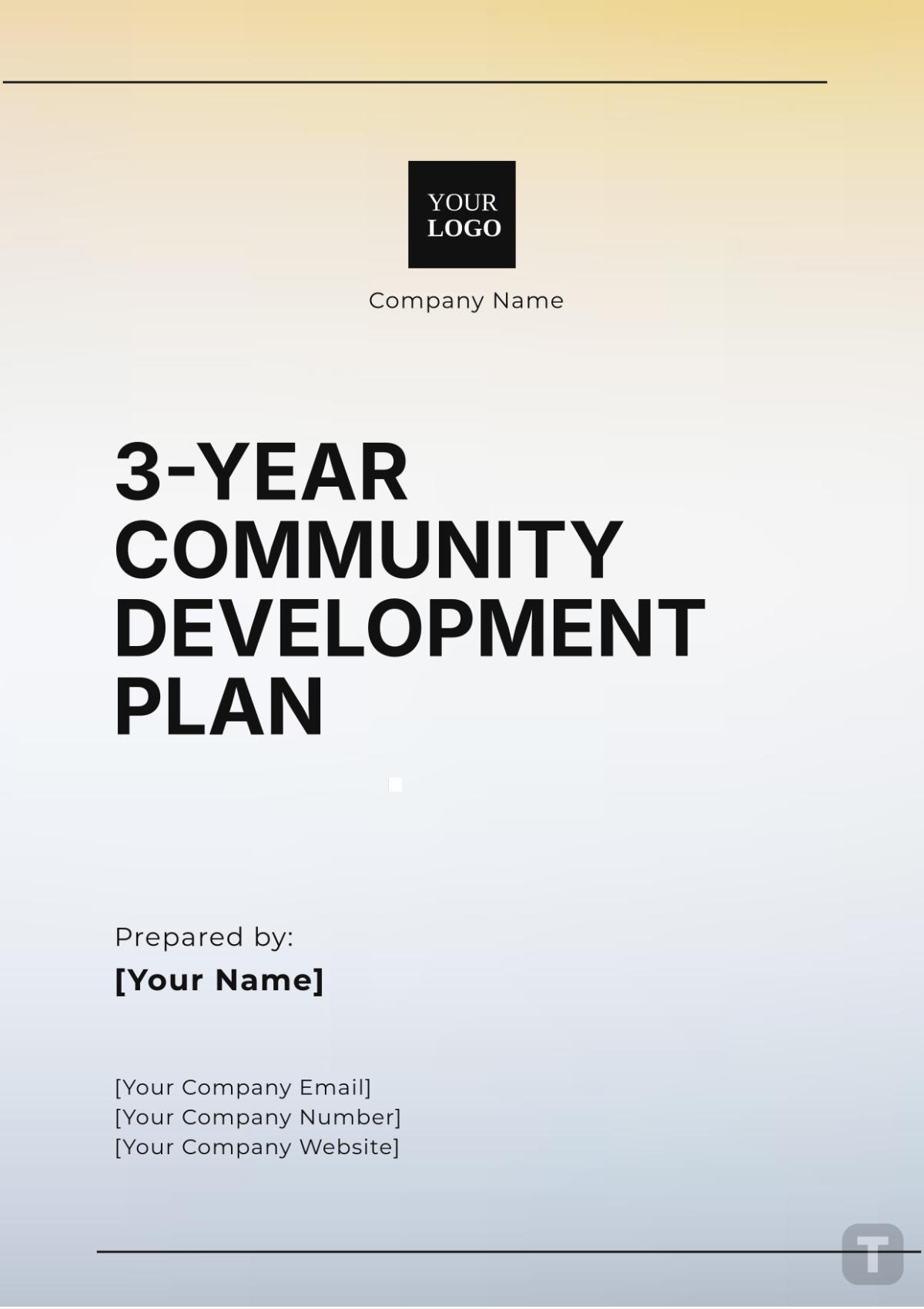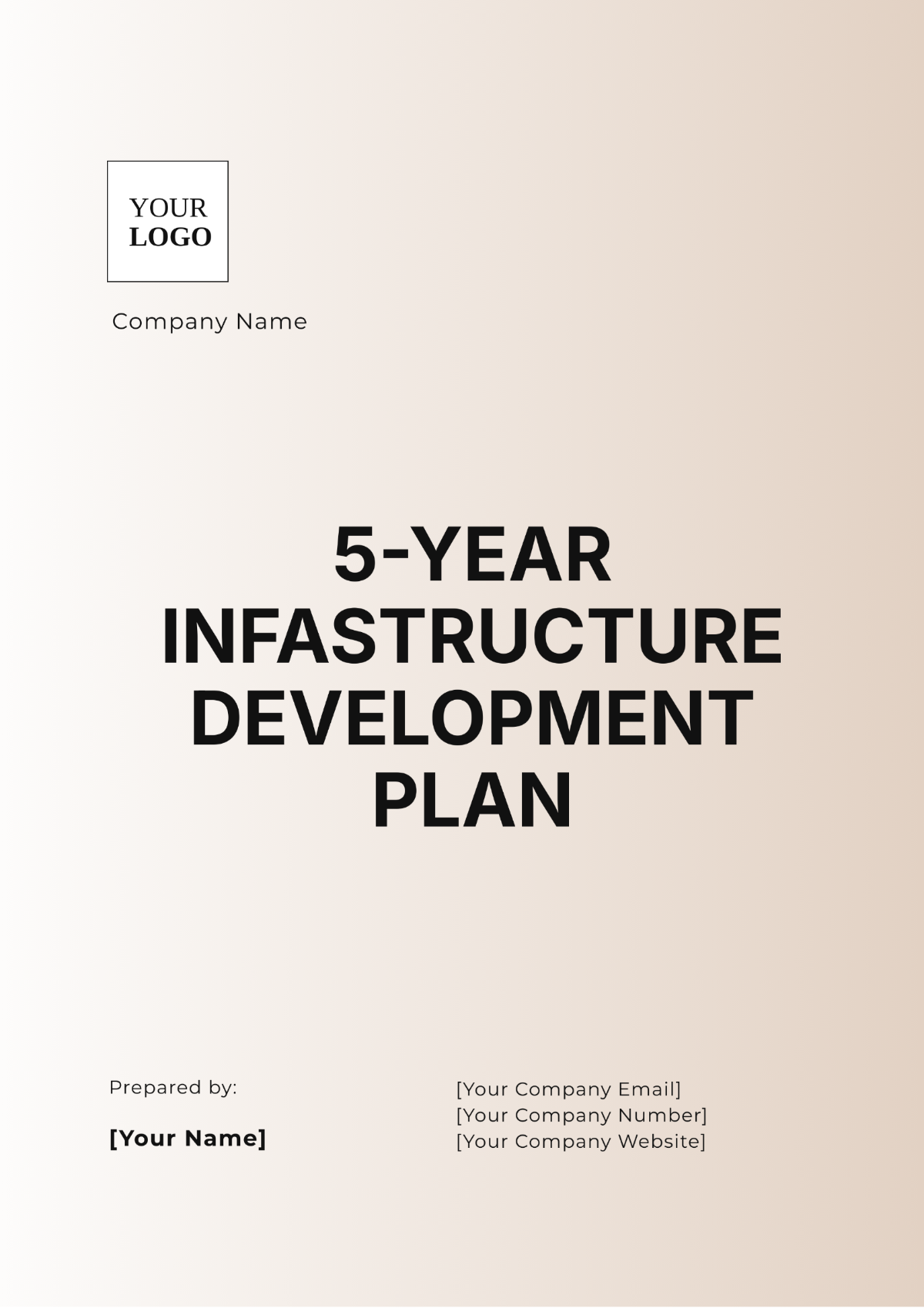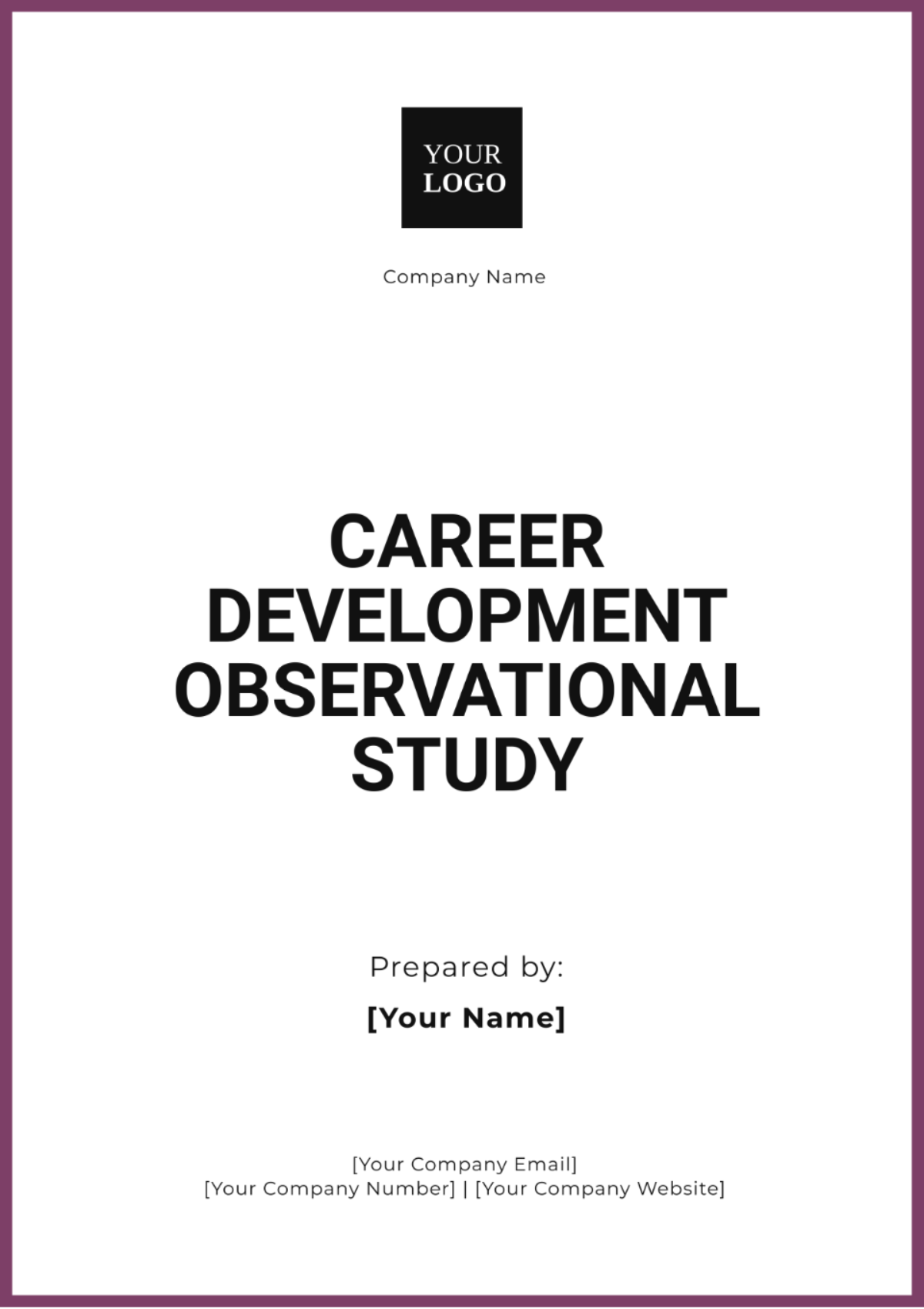New Product Development Plan Format
Written by: [Your Name]
I. Executive Summary
Overview: Provide a high-level summary of the product development initiative, its purpose, and how it aligns with your company’s mission and vision.
Objectives: Clearly outline measurable goals the development plan aims to achieve. Include a concise list of primary objectives.
Example:
Overview
As a cornerstone of [Your Company Name]'s commitment to excellence and innovation, our new product development plan aims to navigate the intricacies of market demands. A key objective of this initiative is to solidify our position as a leader in the industry, leveraging our strengths to introduce groundbreaking products by the year 2052 and beyond.
Objectives
This development plan will lay out a strategic framework designed to meet the following milestones:
Identify and satisfy customer needs and preferences.
Align product features with market trends and demand.
Enhance technological capabilities to improve product offerings.
II. Market Research and Analysis
Industry Analysis: Analyze trends, innovations, and challenges in your industry. Highlight relevant shifts in technology, sustainability, and consumer behavior.
Target Market Analysis: Identify your target audience, specifying demographics, geographic areas, and psychographics. Use data and insights to validate your analysis.
Example:
Industry Analysis
Our thorough market research unveils key industry dynamics and consumer trends crucial for shaping our new product development strategy:
Technological Innovation: The industry is witnessing rapid advancements fueled by AI, sustainable manufacturing, and material science.
Sustainability Focus: Consumers increasingly prioritize eco-friendly, energy-efficient products made from recycled materials.
Customization and Personalization: Demand for tailored products is rising, driven by 3D printing and mass customization platforms.
E-commerce Expansion: Online channels are becoming vital for product discovery and sales, reshaping consumer interaction.
Regulatory Environment: Adherence to evolving safety, quality, and environmental regulations is essential for market access.
Target Market Analysis
Demographics: Our target comprises tech-savvy millennials and Gen Z consumers with a penchant for sustainability.
Geographical Locations: The initial focus will be urban hubs with potential expansion into suburban and rural markets.
Psychographic Profiles: Our audience values environmental consciousness, convenience, and quality, willing to pay for innovation.
III. Product Design and Development
Concept Development: Explain the ideation process for new products. Include how ideas are brainstormed, refined, and selected for prototyping.
Design Specifications: Define technical requirements, materials, and quality standards for the product. Ensure alignment with customer needs and company objectives.
Example:
Concept Development
Our innovation team will brainstorm and develop multiple product concepts. Prototypes will be created for the most promising ideas, enabling iterative testing and refinement by the year 2053.
Design Specifications
The product design phase will outline precise technical specifications, materials, and engineering requirements. Key stakeholders will be engaged to ensure alignment with [Your Company Name]'s quality standards.
IV. Financial Planning
Budget Allocation: Provide a detailed breakdown of costs for each phase of the development process. Create a clear table or chart for easy reference.
Cost Analysis: Summarize the estimated costs of each phase. Include the total project cost and how funds will be allocated.
Revenue Projection: Forecast expected revenue based on market analysis and pricing strategy.
Financial Viability: Evaluate the financial return on investment (ROI) and sustainability of the project.
Example:
A. Budget Allocation:
Stage | Budget Allocation (USD) |
|---|---|
Research and Development | $500,000 |
Design | $300,000 |
Prototype Testing | $200,000 |
Manufacturing | $600,000 |
Marketing and Launch | $400,000 |
Contingency | $200,000 |
Total | $2,200,000 |
B. Cost Analysis:
Research and Development: $500,000
Design: $300,000
Prototype Testing: $200,000
Manufacturing: $600,000
Marketing and Launch: $400,000
Contingency: $200,000 Total Estimated Project Cost: $2,200,000
C. Revenue Projection:
Based on market research, we anticipate $5 million in revenue within the first year of launch.
D. Financial Viability:
With a $2.2 million investment and projected $5 million in revenue in the first year, we expect a positive ROI. The continuous cost-benefit analysis will ensure financial sustainability.
V. Product Testing and Evaluation
Prototype Testing: Detail the process for creating and testing prototypes. Include testing criteria, feedback mechanisms, and iterative improvements.
Market Testing: Describe how and where the product will be tested in real-market conditions. Include methods for collecting and analyzing consumer feedback.
Example:
Prototype Testing
Prototypes will undergo rigorous testing to evaluate performance, durability, and customer satisfaction. Feedback will be collected and analyzed to refine product features.
Market Testing
A market testing phase will be rolled out to gather consumer feedback and assess market readiness. The product will be introduced in select test markets in mid-2053, with adjustments made based on consumer response.
VI. Production and Launch
Manufacturing: Outline the manufacturing process, including partnerships with suppliers and adherence to quality control standards.
Launch Strategy: Develop a marketing strategy to promote the product. Specify the use of digital and traditional platforms, timelines, and campaign objectives.
Example:
Manufacturing
Once the final design is approved, full-scale production will commence. [Your Company Name] will partner with leading manufacturers to ensure the highest quality standards.
Launch Strategy
A comprehensive marketing campaign will be developed to generate buzz and anticipation. The official product launch is planned for early 2054, leveraging [Your Company Website] and [Your Company Social Media] platforms to maximize reach.
VII. Post-Launch Review
Performance Analysis: Explain how you will measure the product's success. Include metrics like sales, customer feedback, and market share.
Continuous Improvement: Describe how feedback and performance analysis will inform future updates or iterations of the product.
Example:
Performance Analysis
Following the launch, an in-depth review will be conducted to measure the product's market performance, sales data, customer feedback, and overall impact on [Your Company Name]'s brand.
Continuous Improvement
Ongoing product enhancements will be implemented based on the post-launch analysis. The goal is to continuously evolve and adapt to market trends, ensuring the product remains competitive and relevant.
This New Product Development Plan outlines a structured approach to drive innovation and bring value to both [Your Company Name] and our customers.
